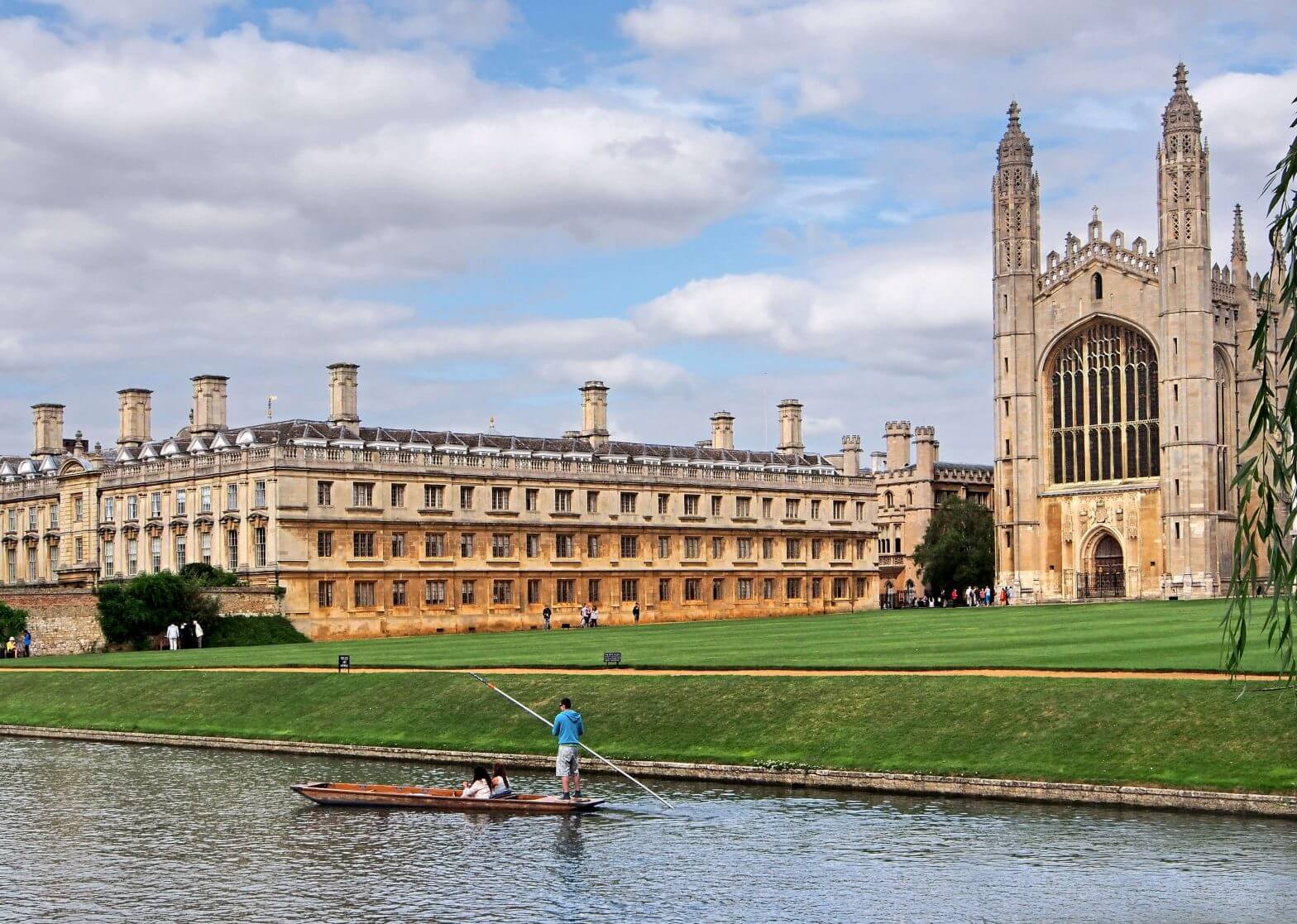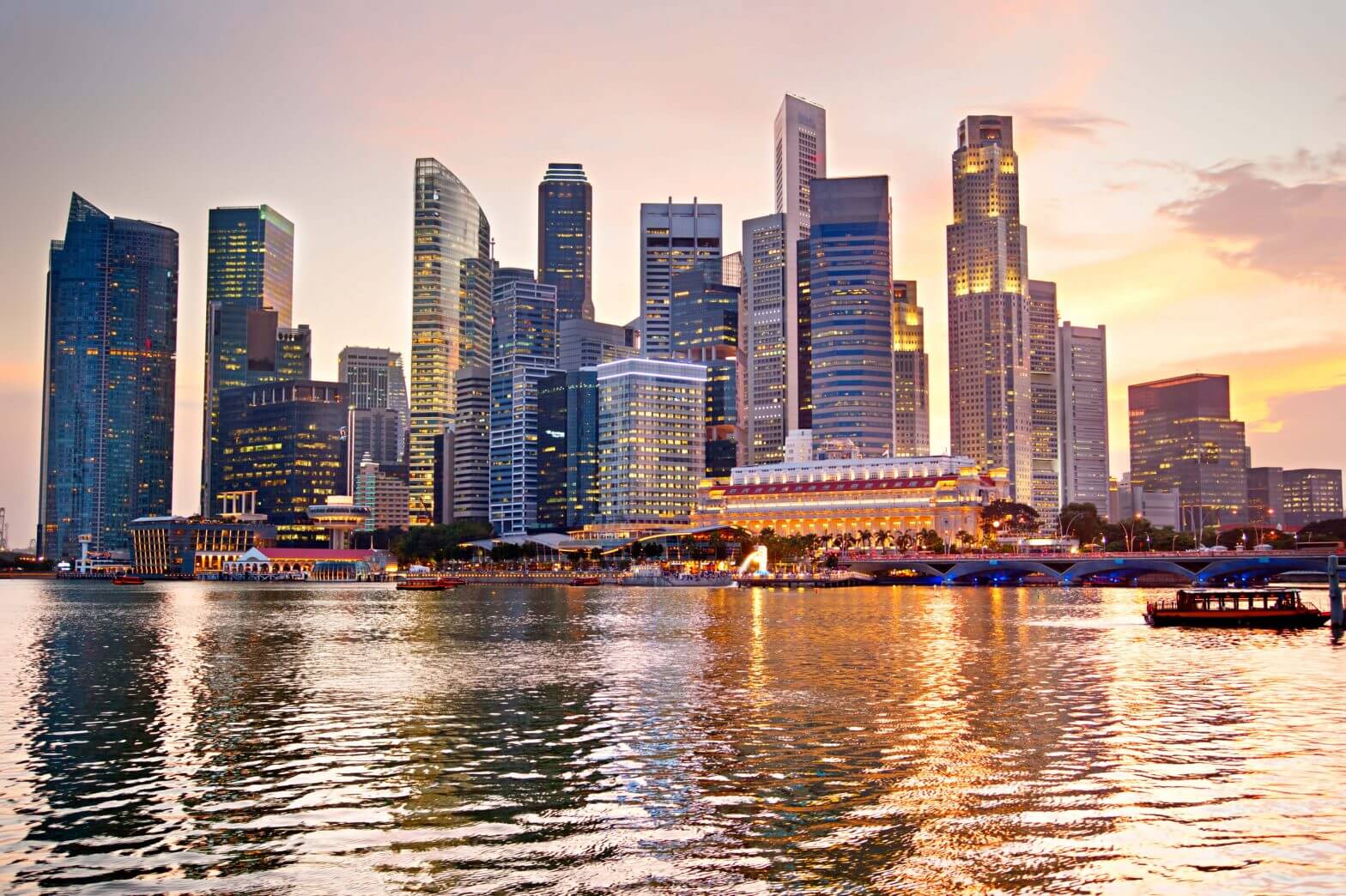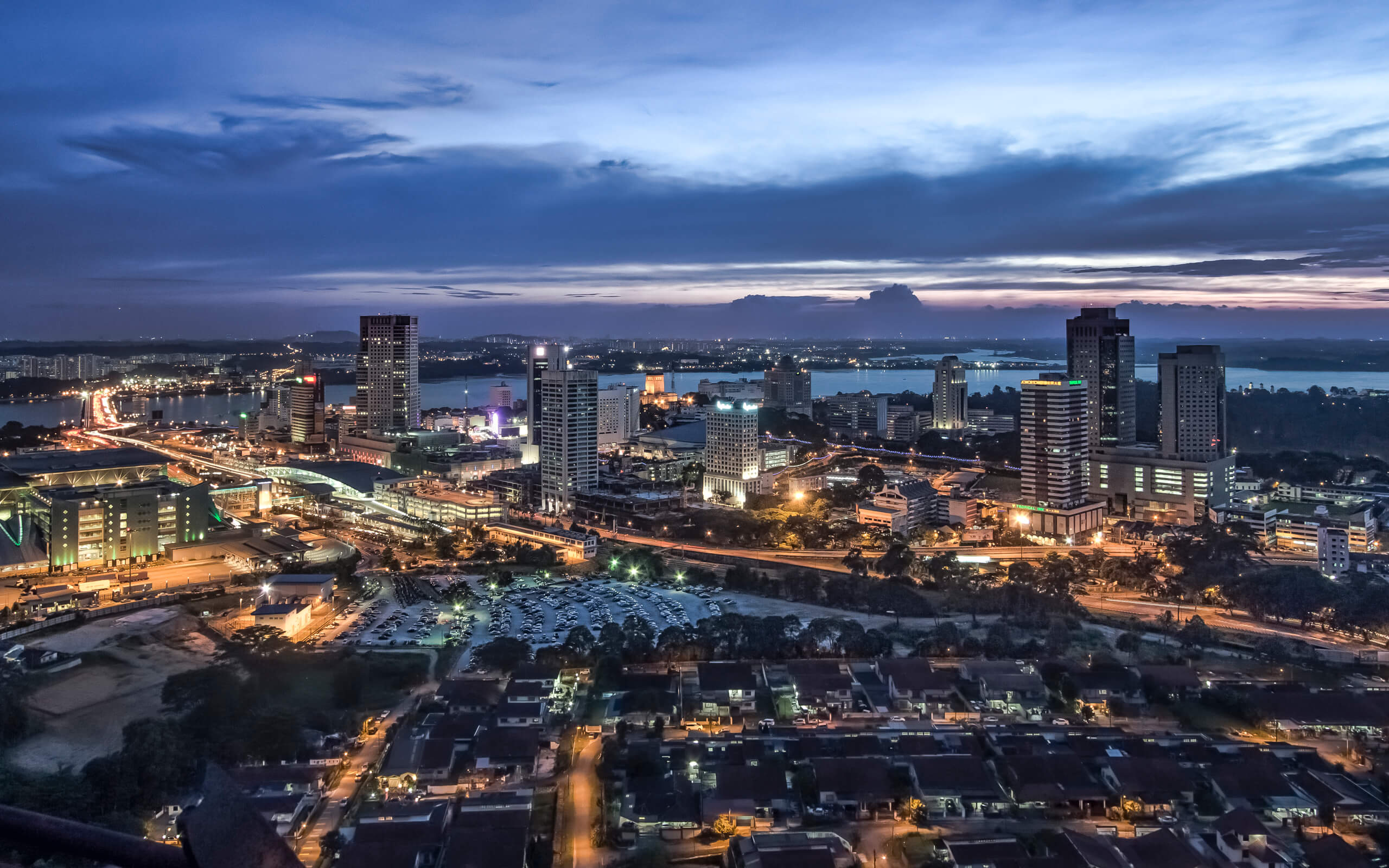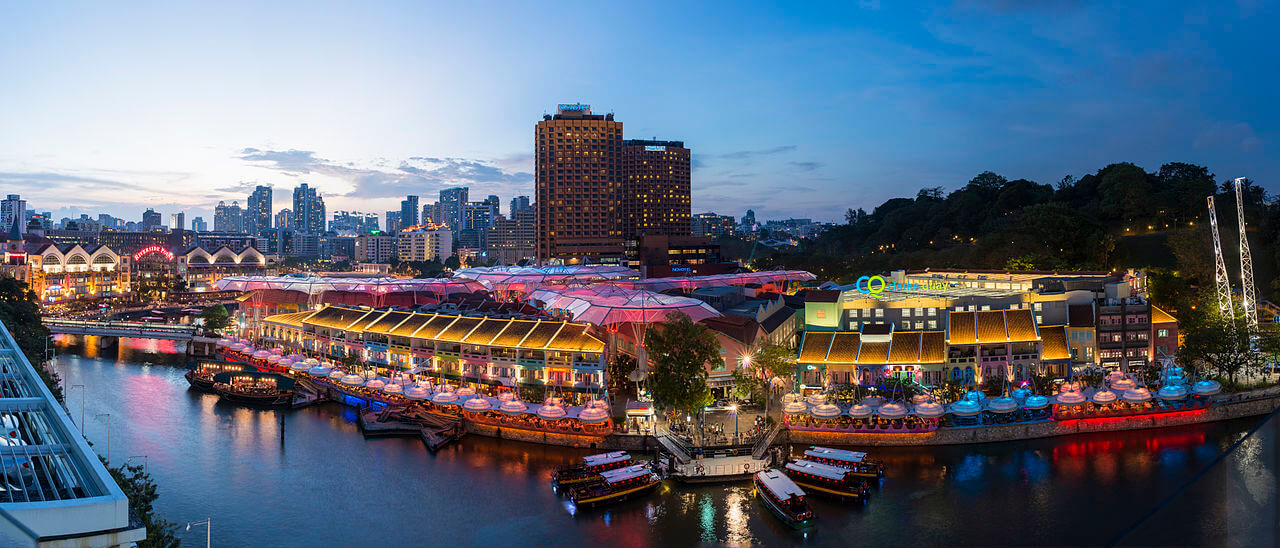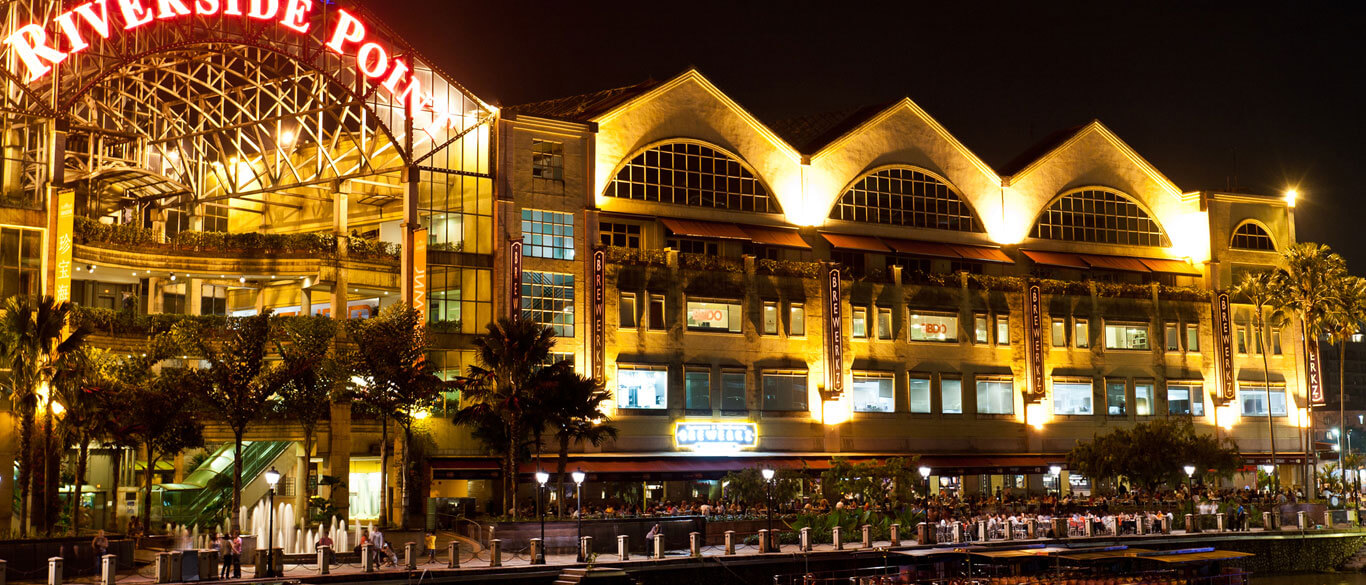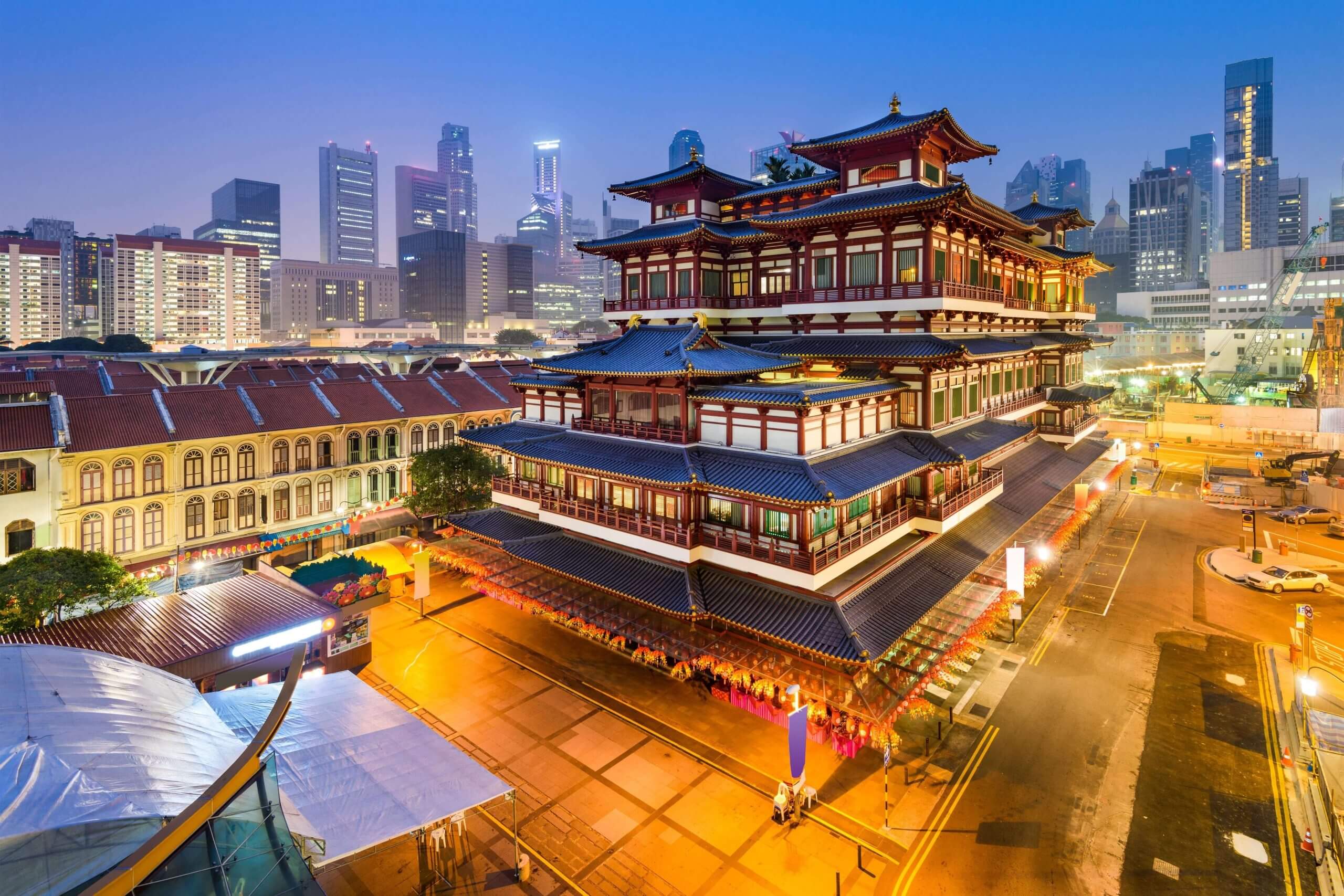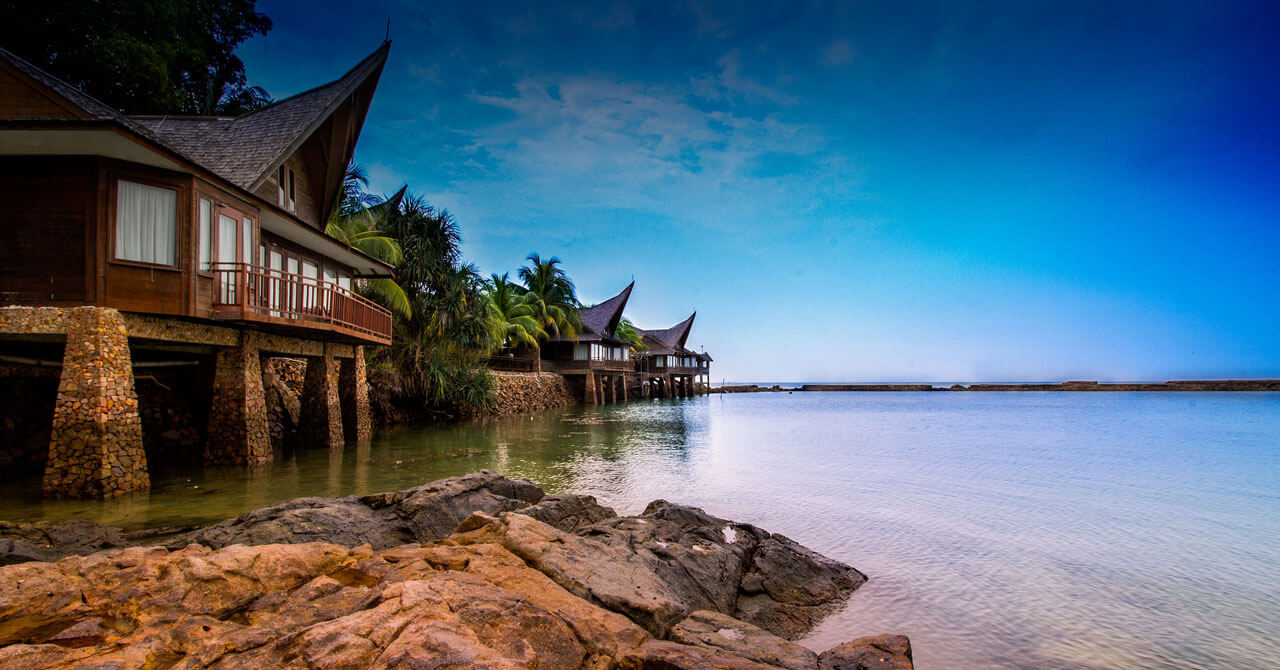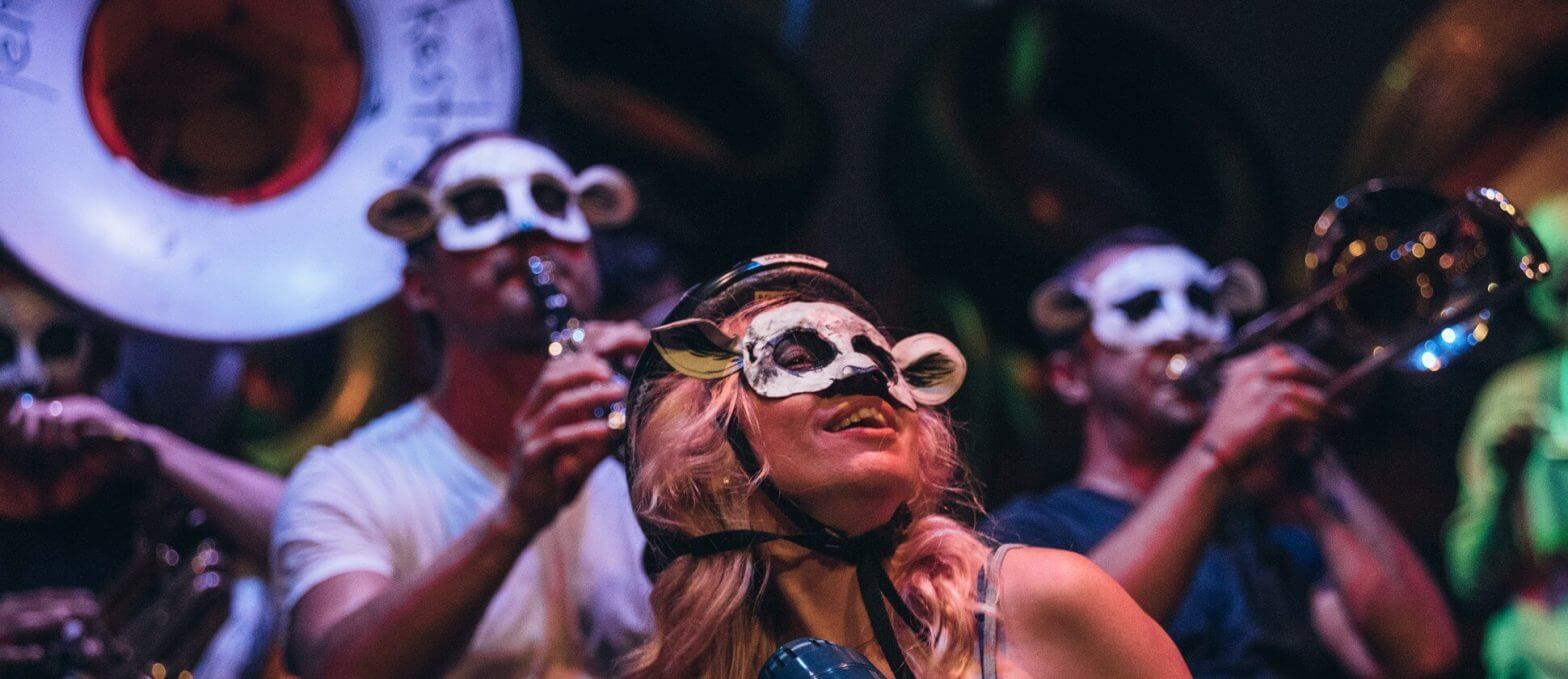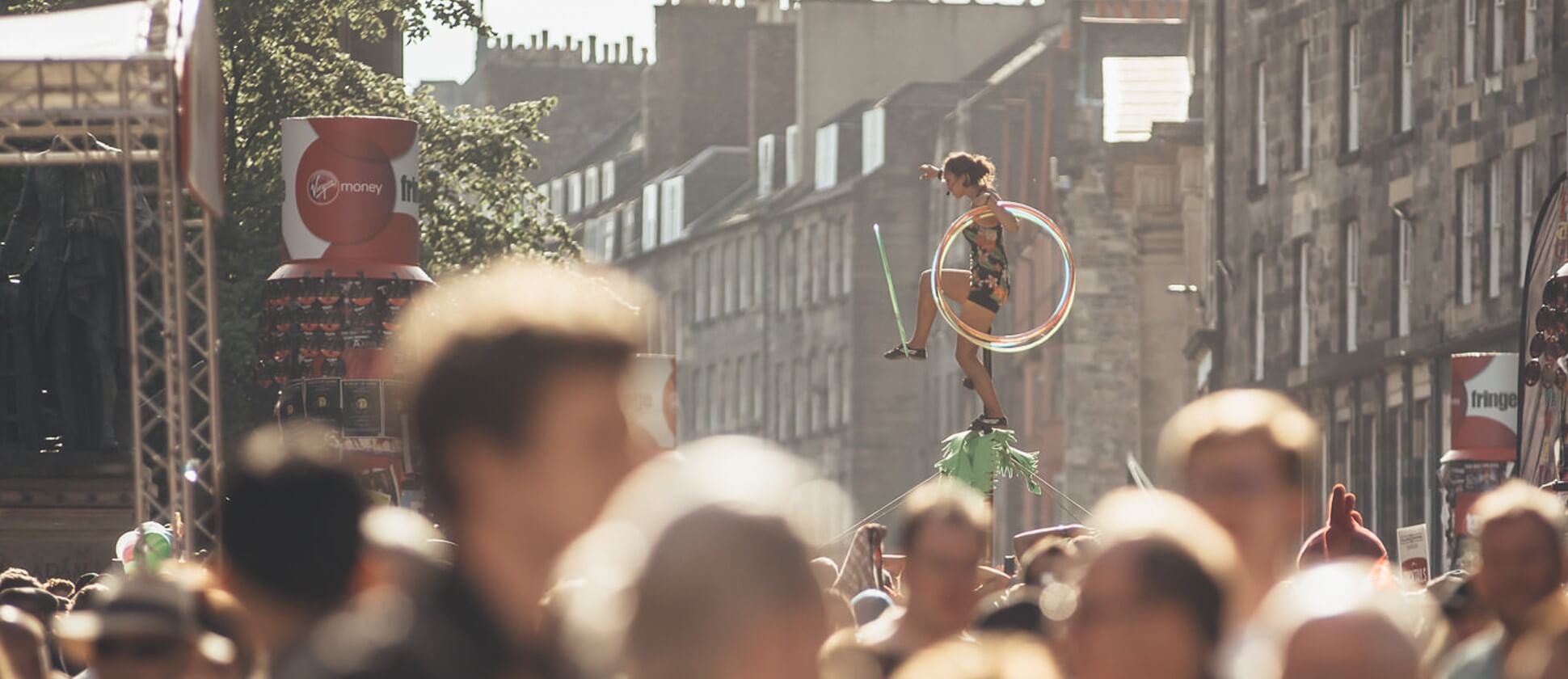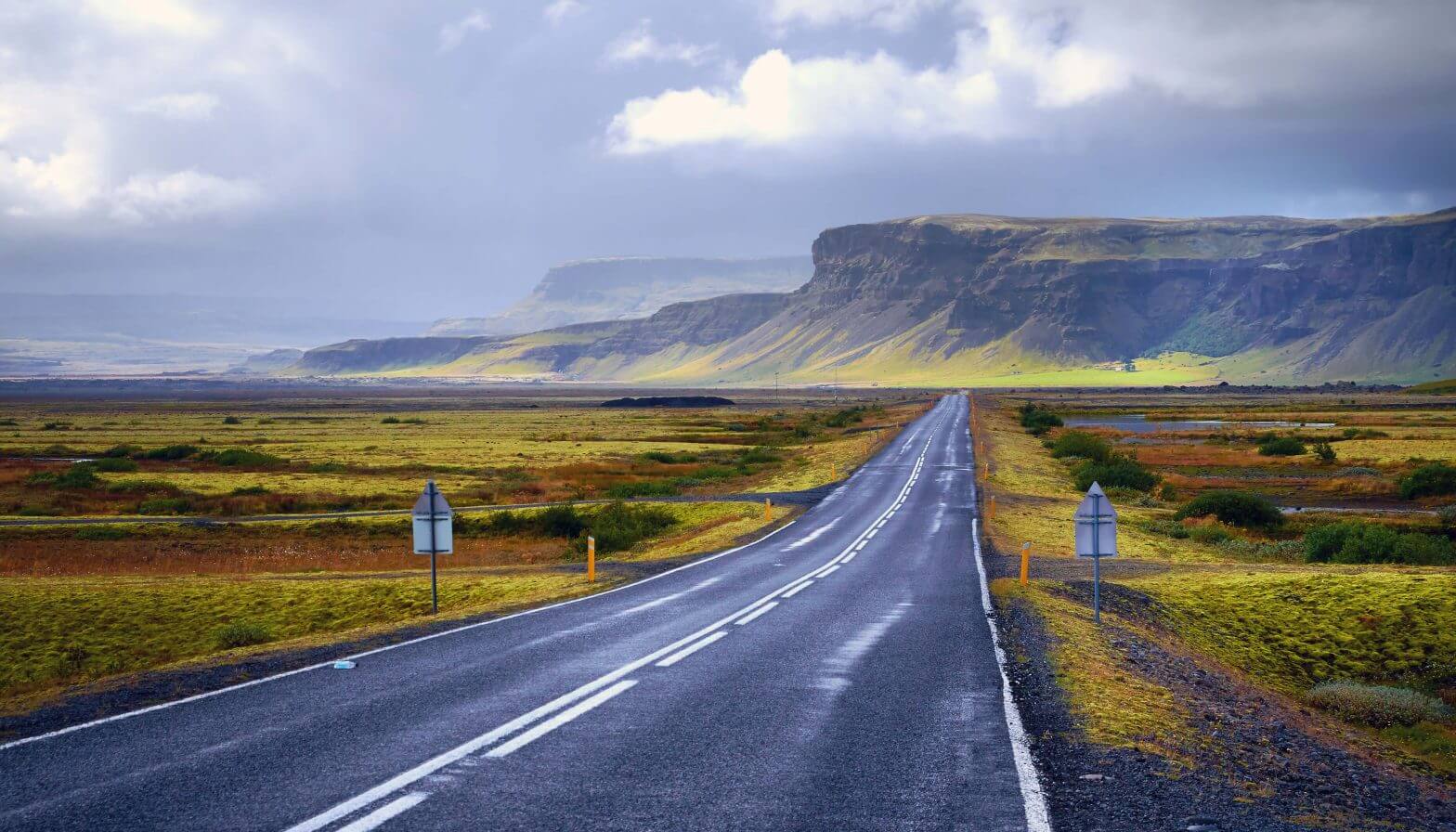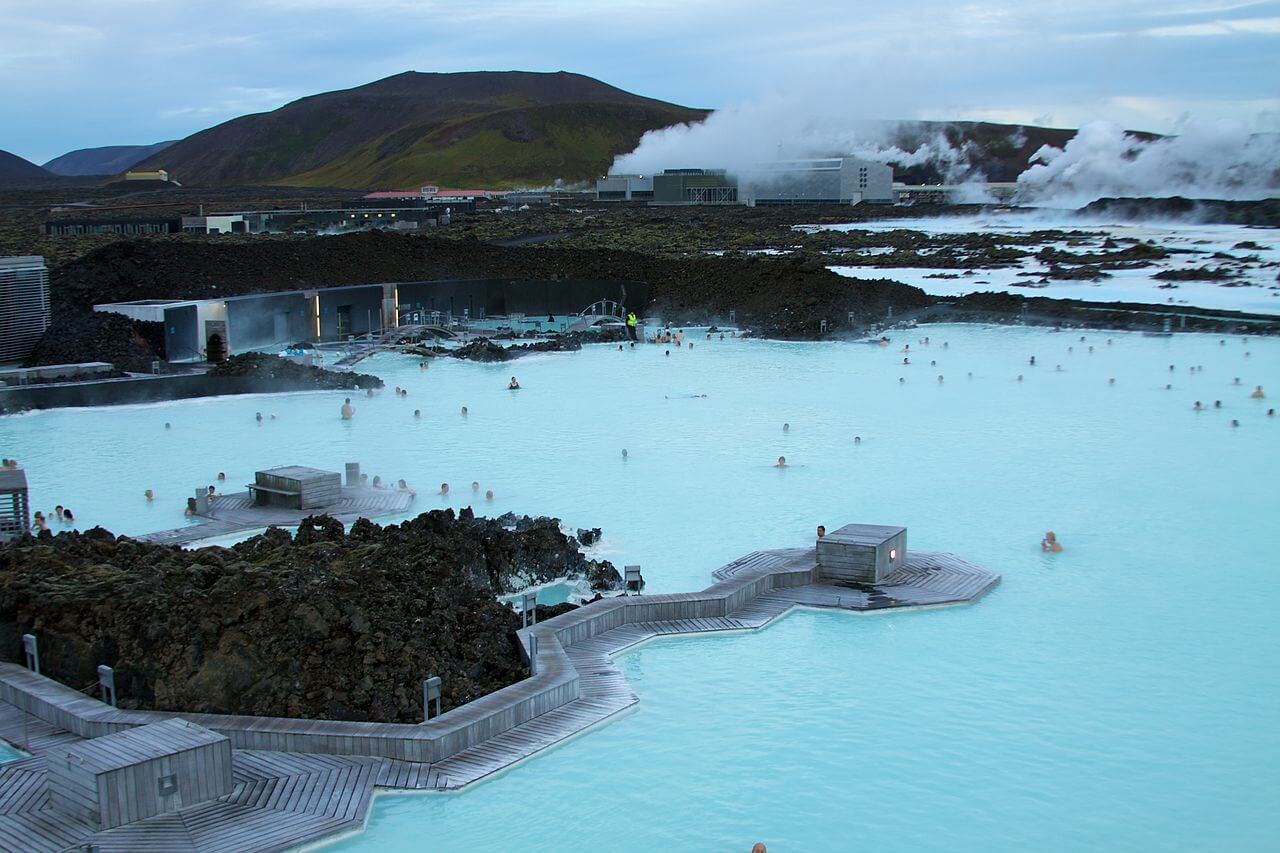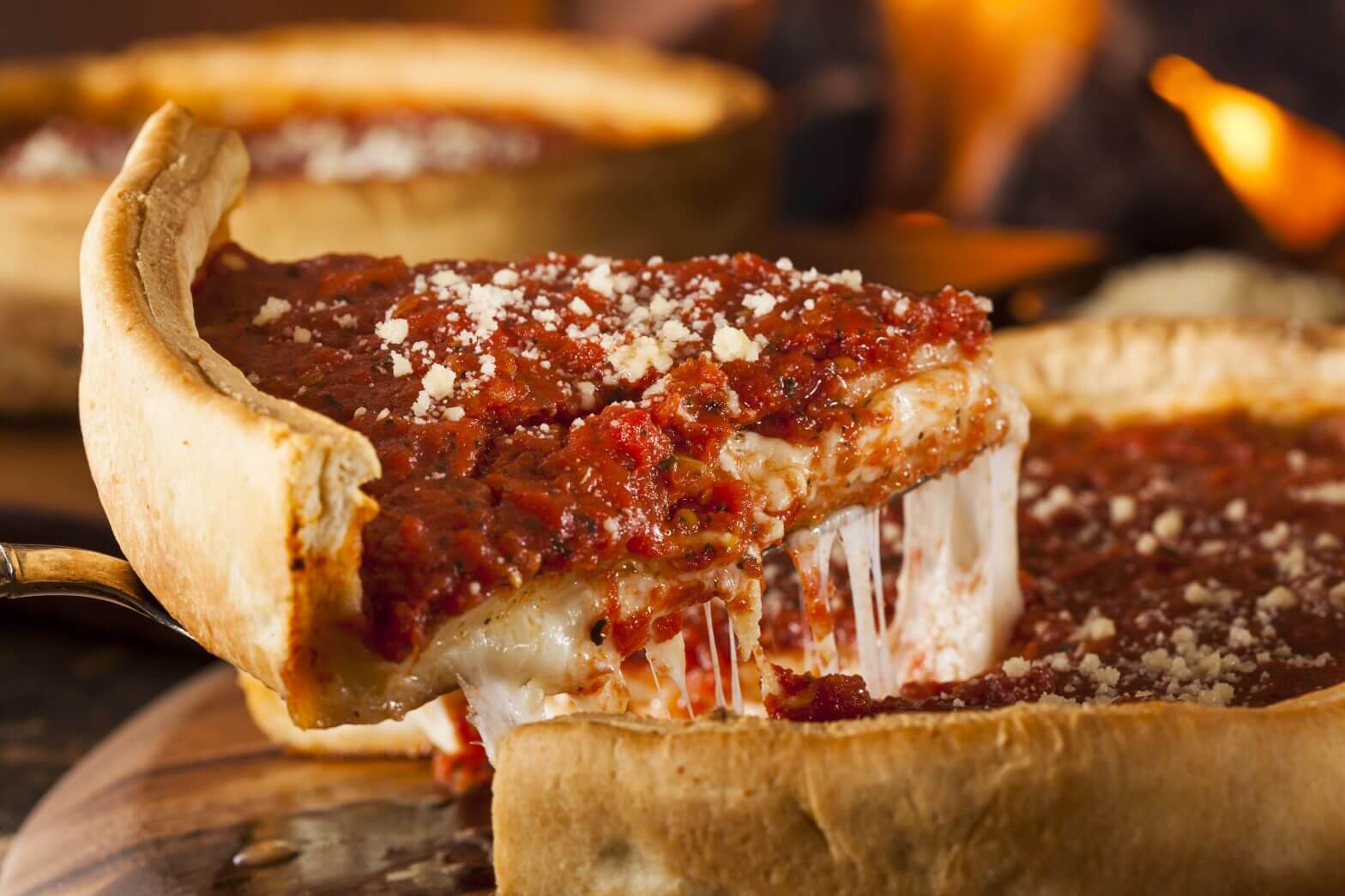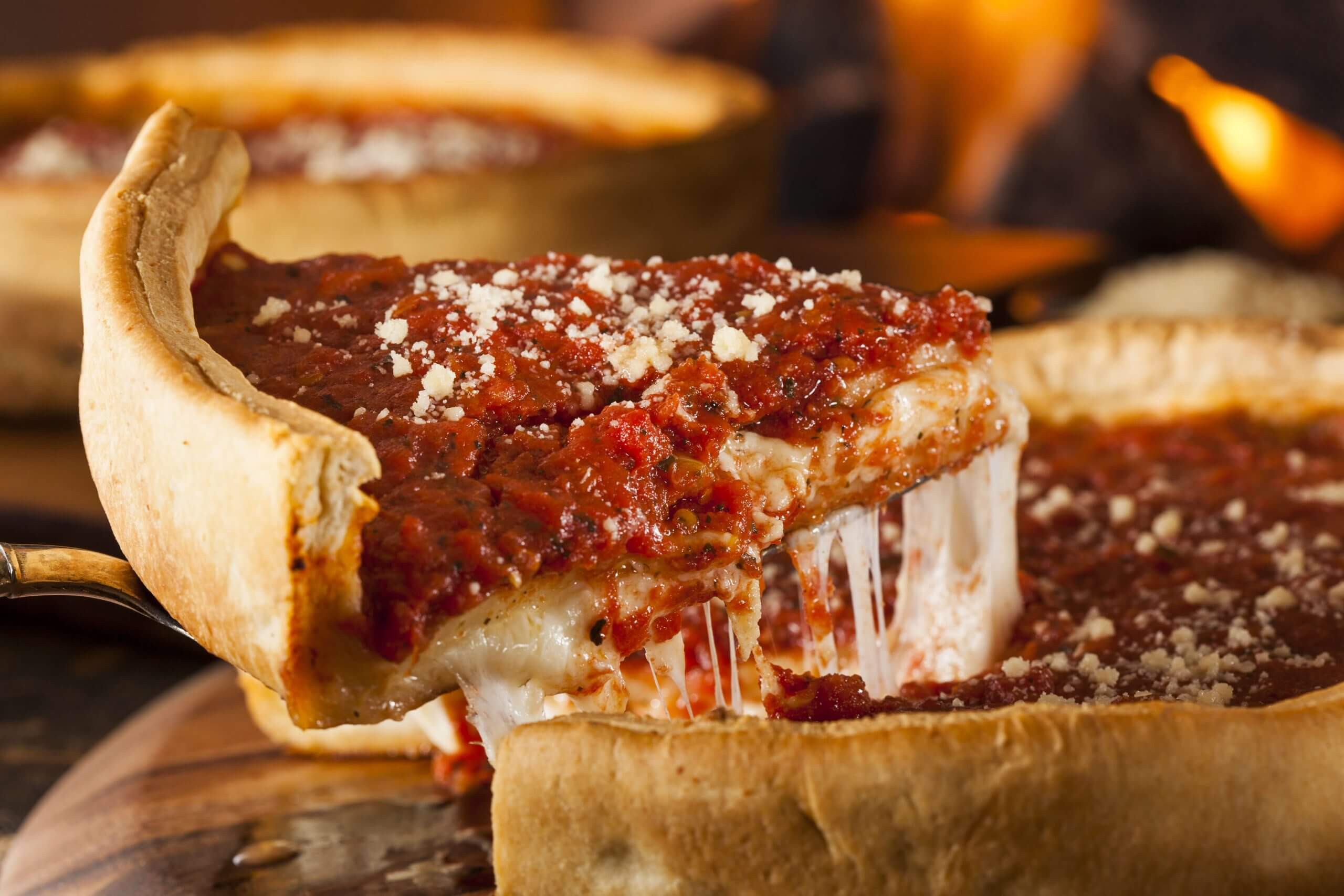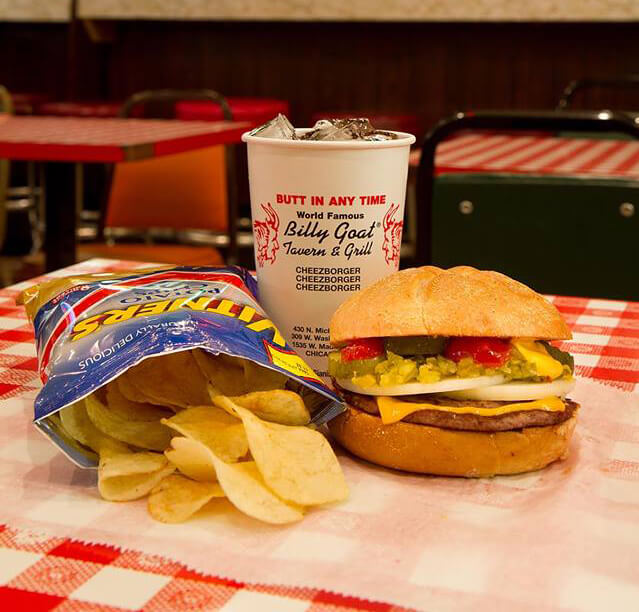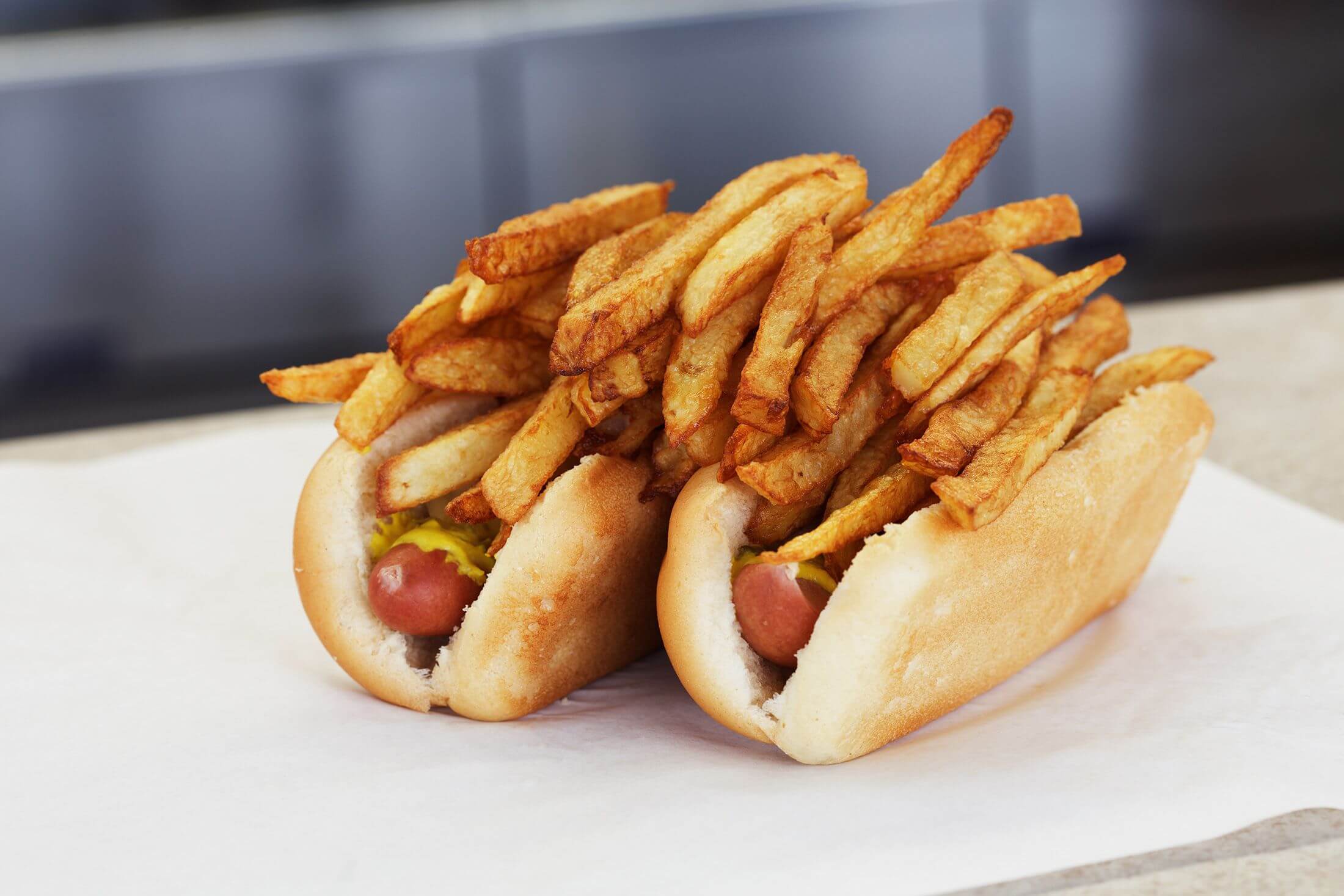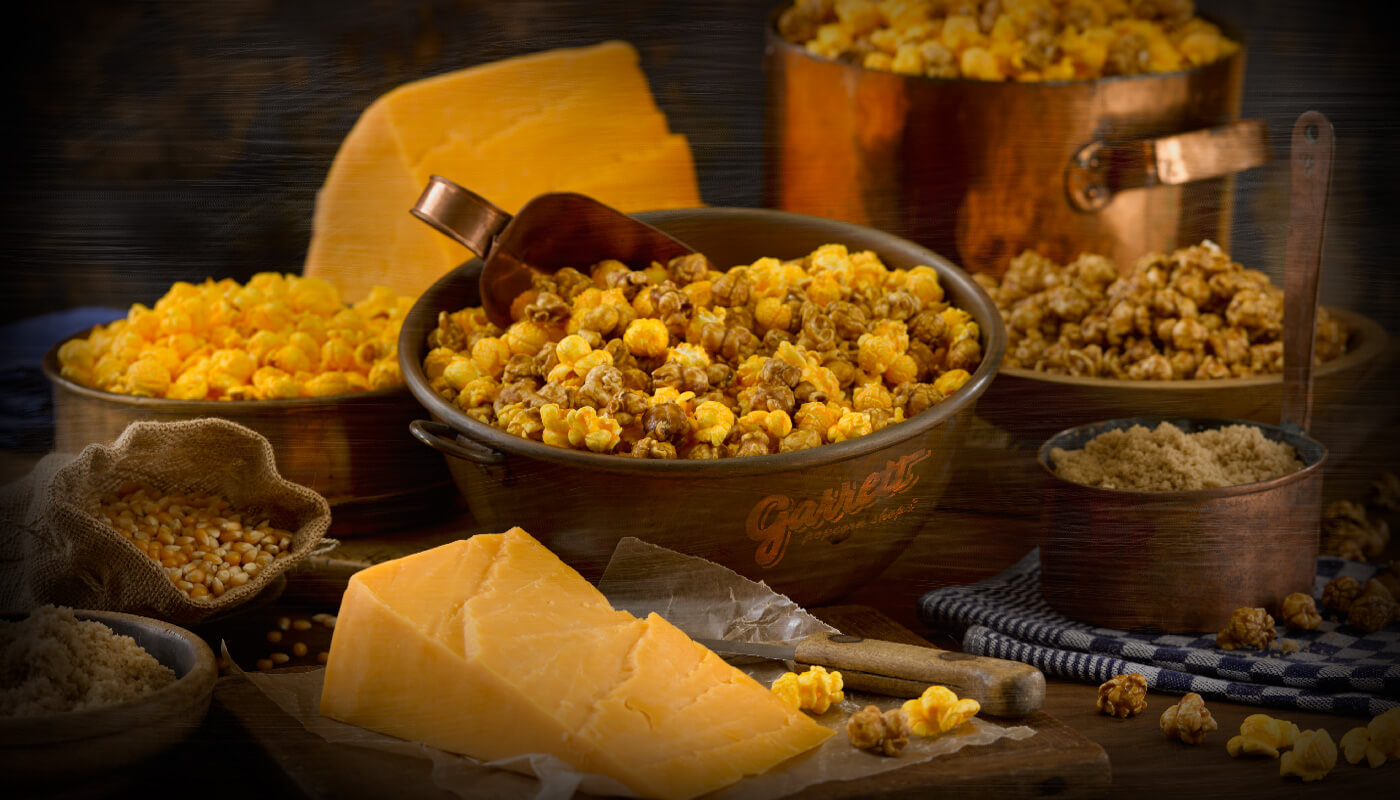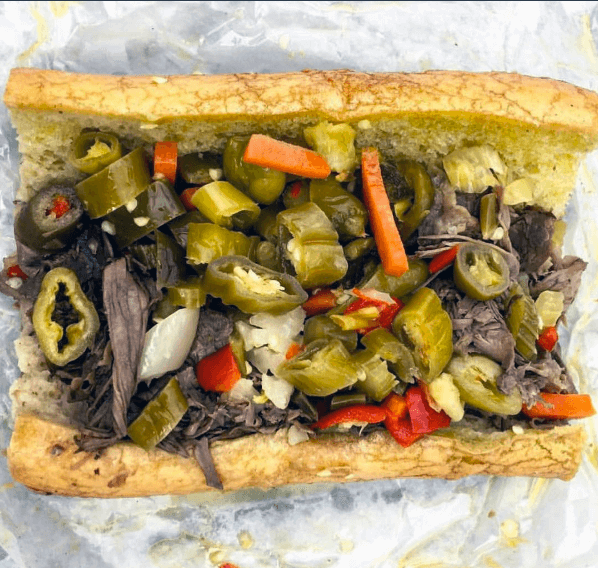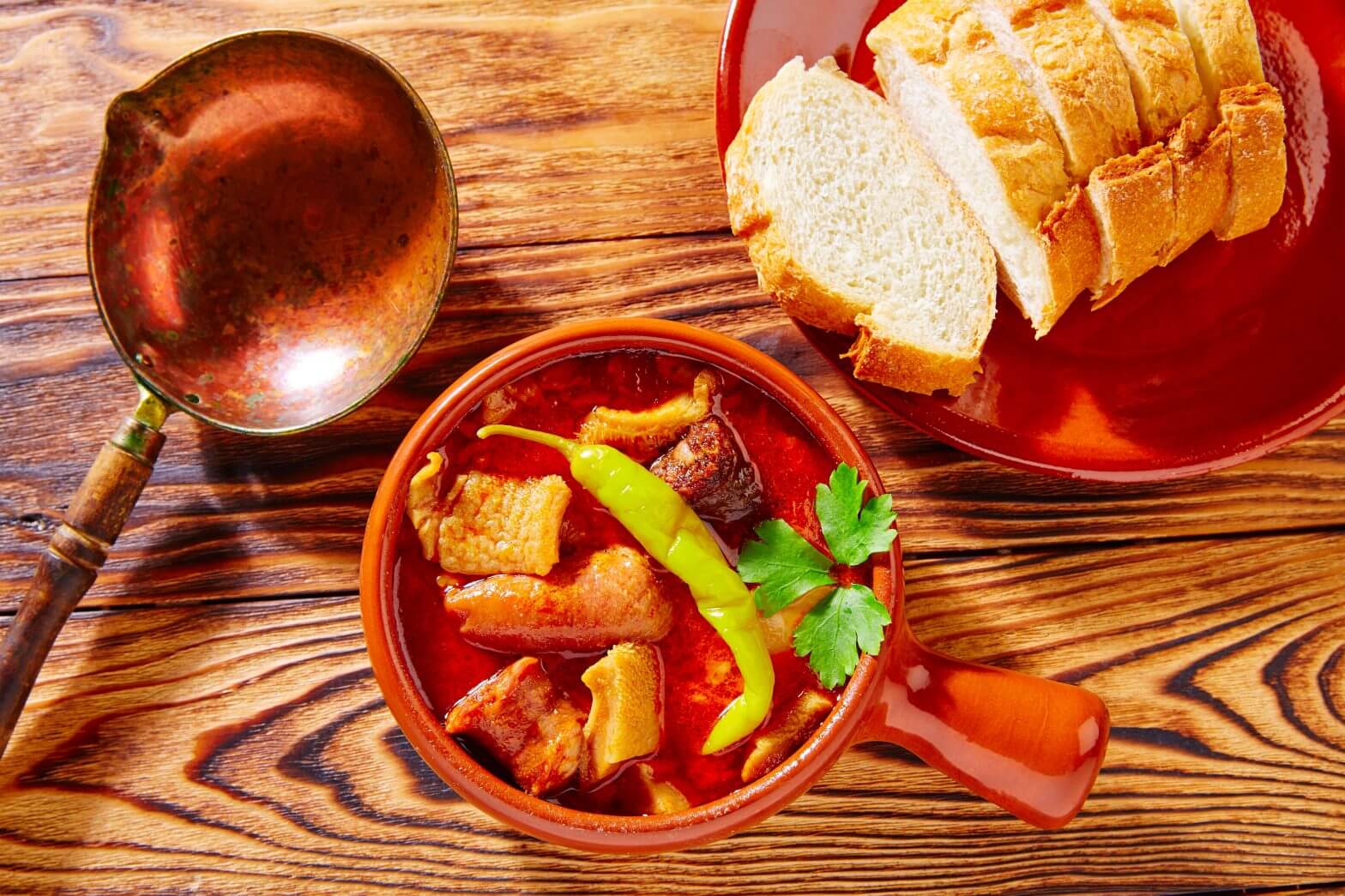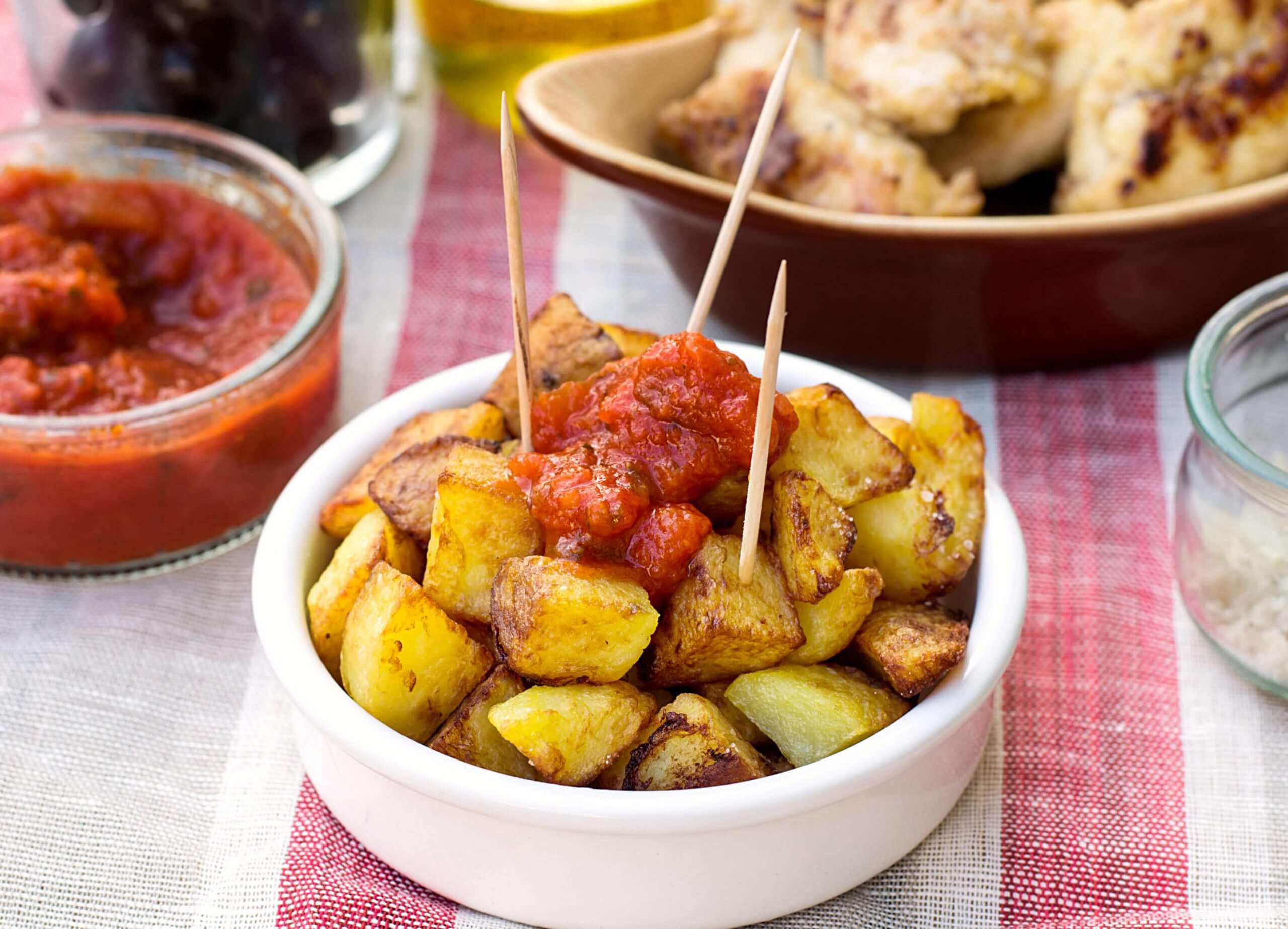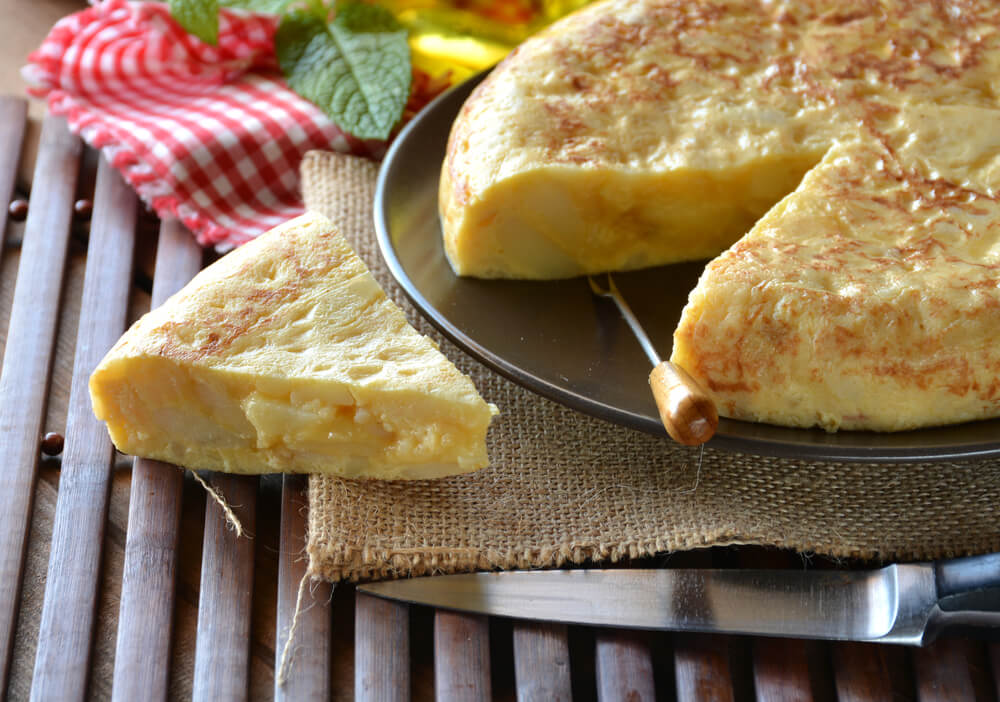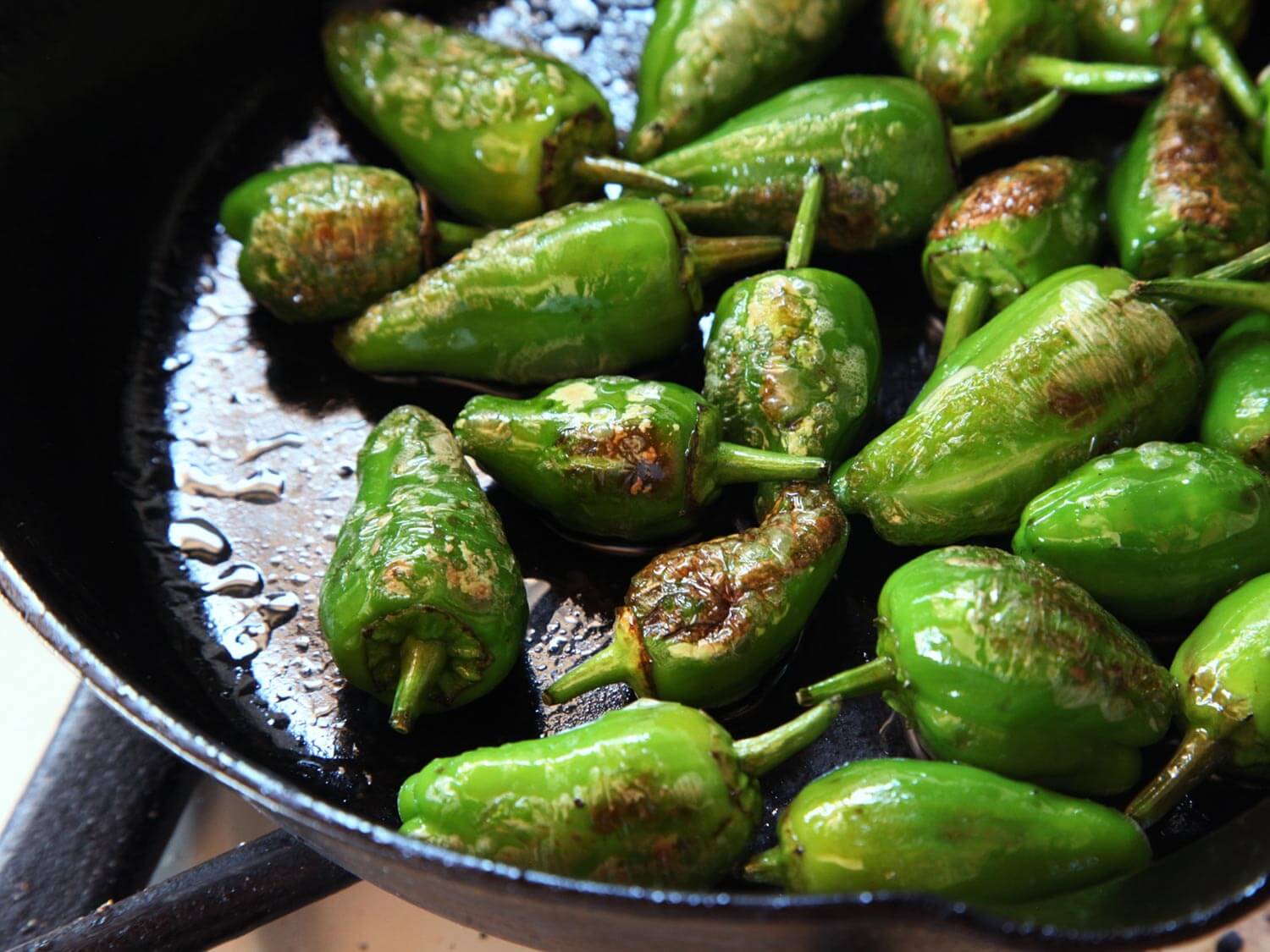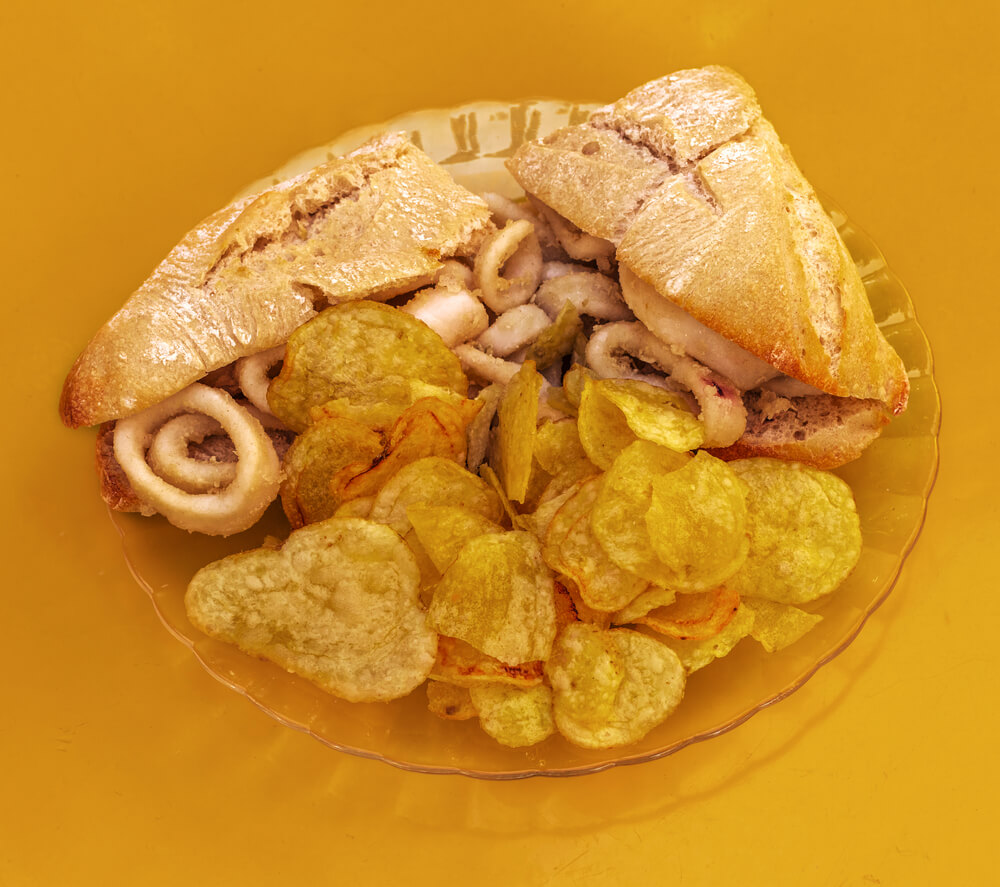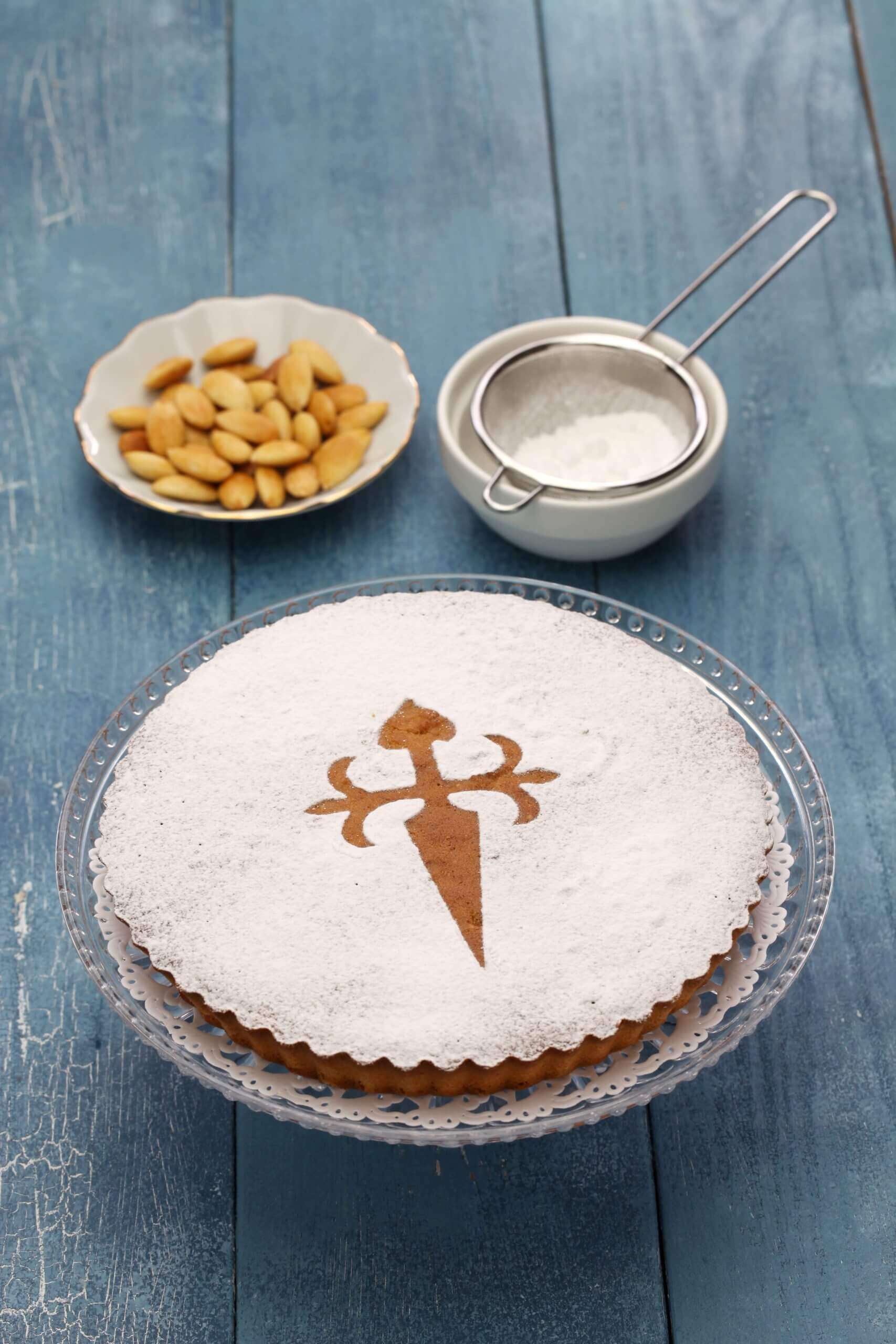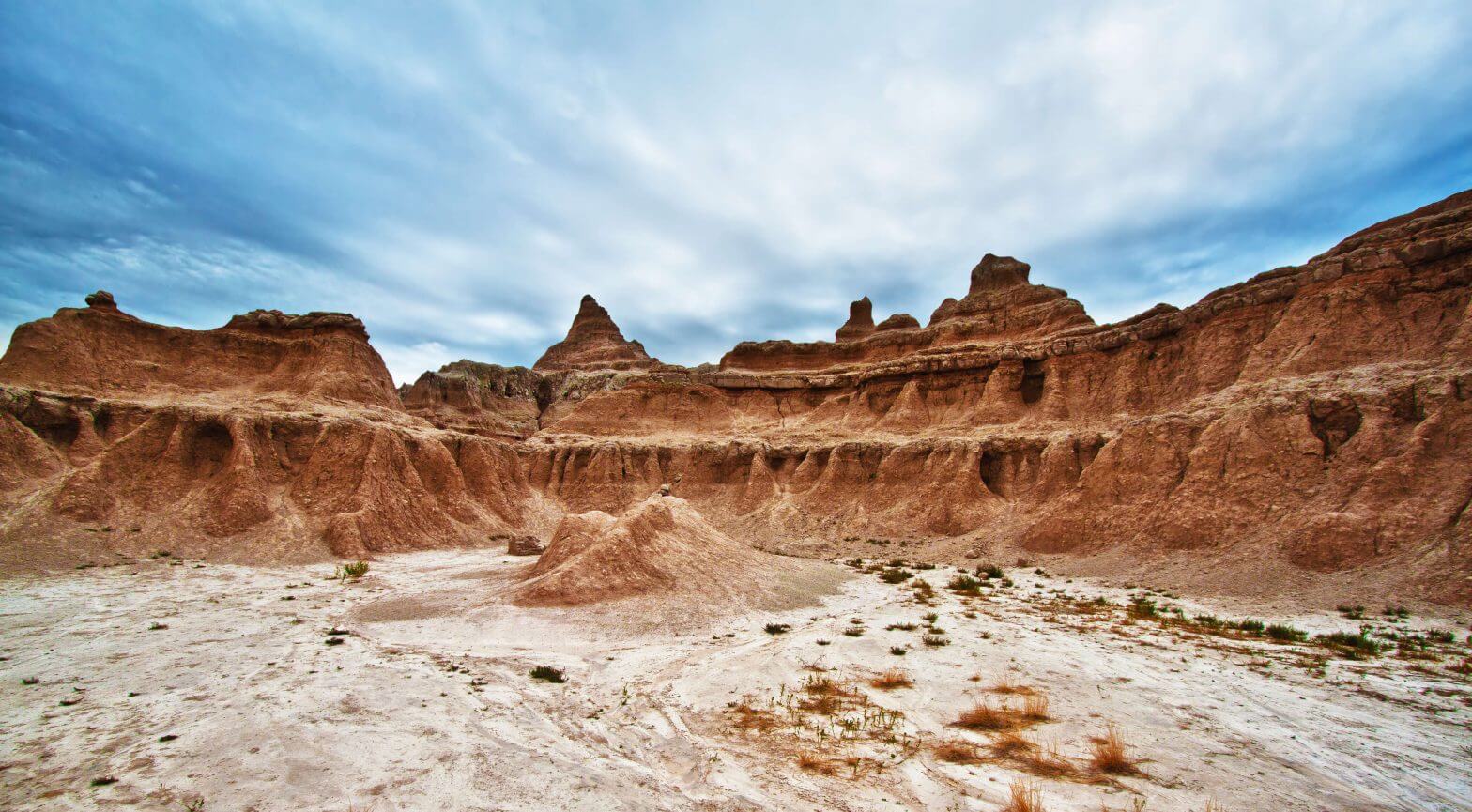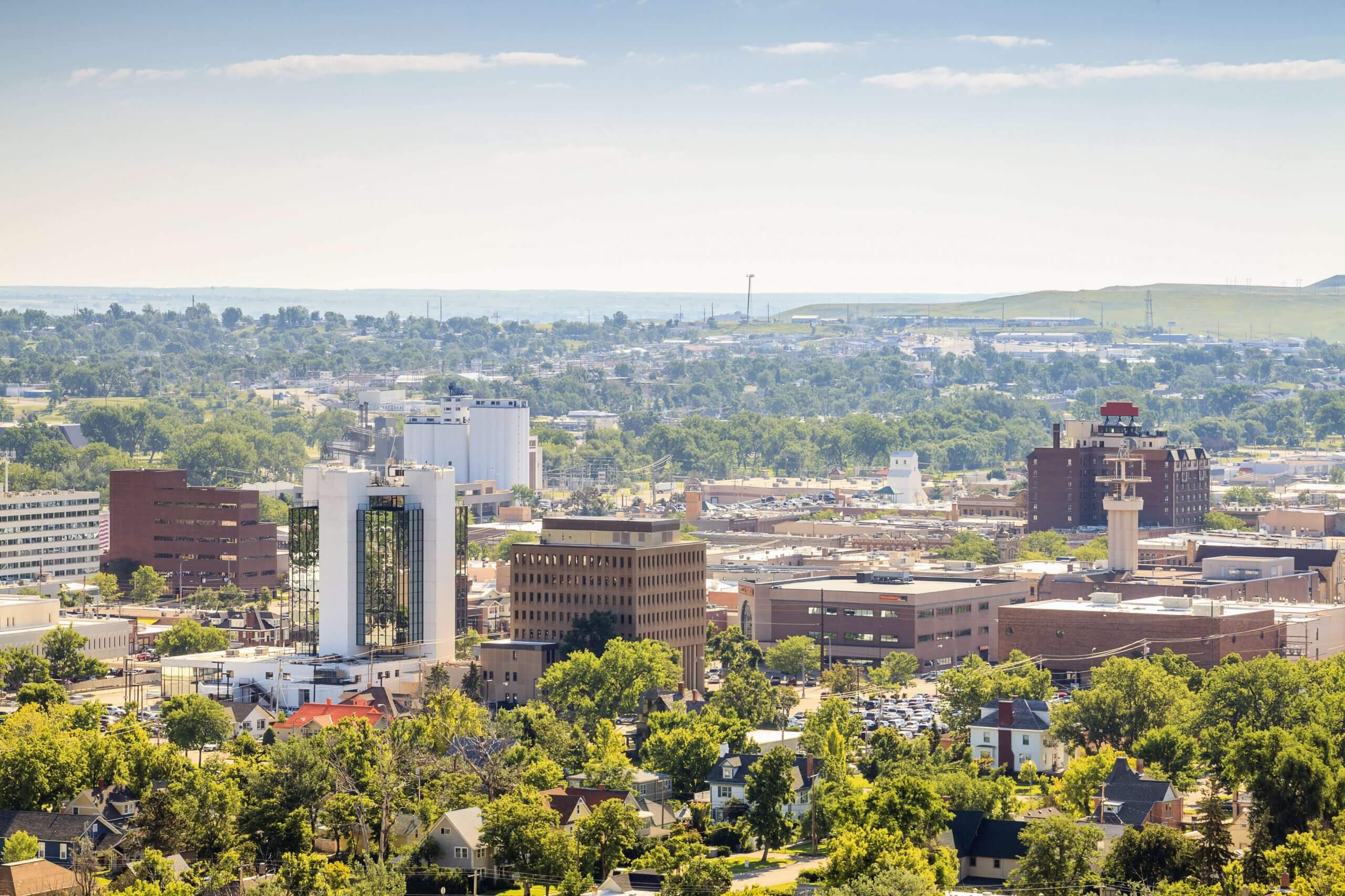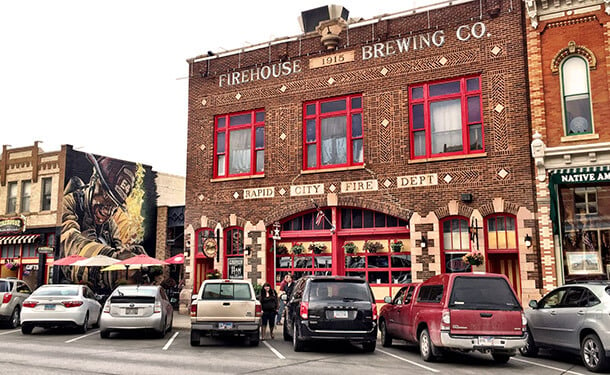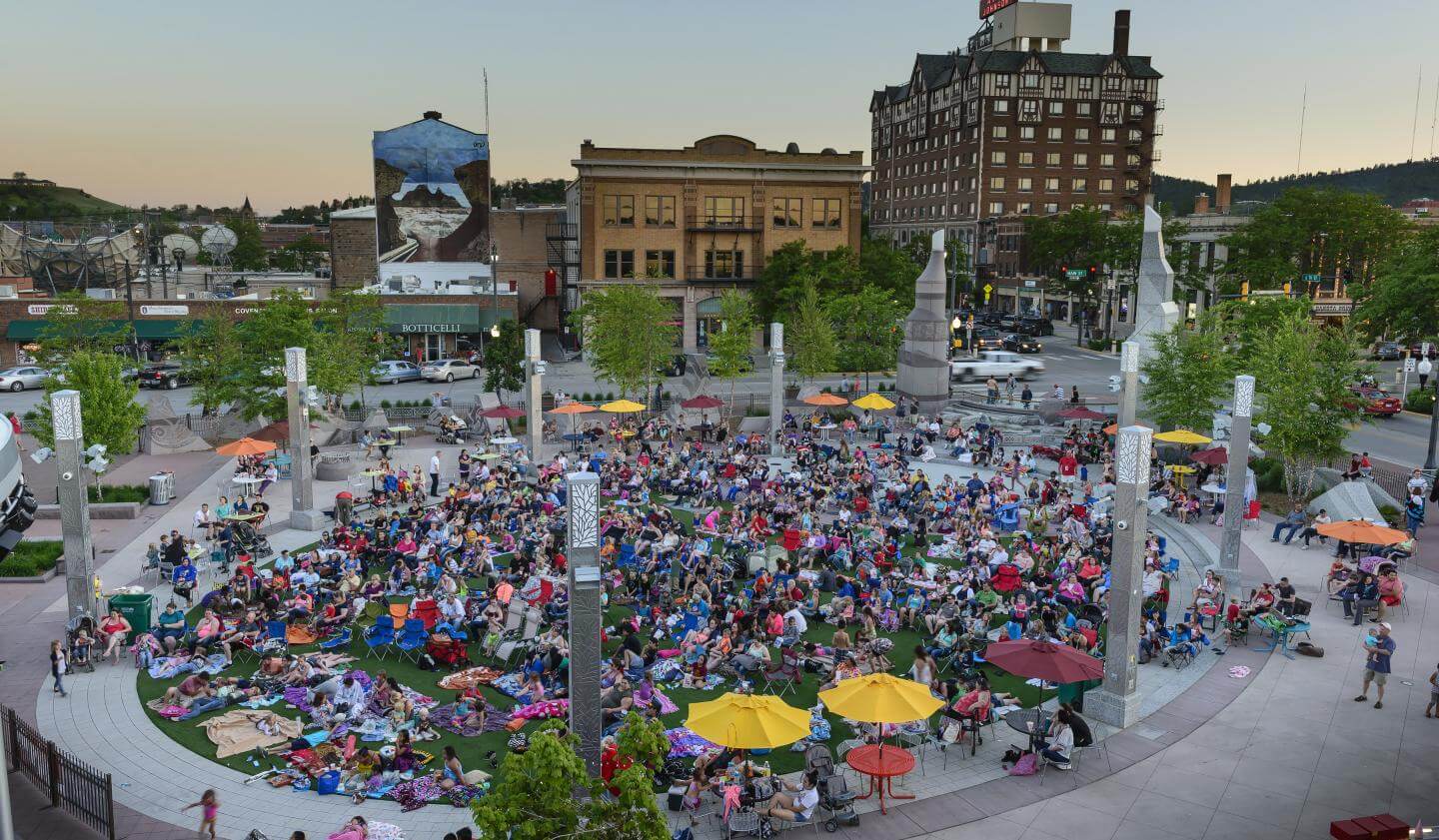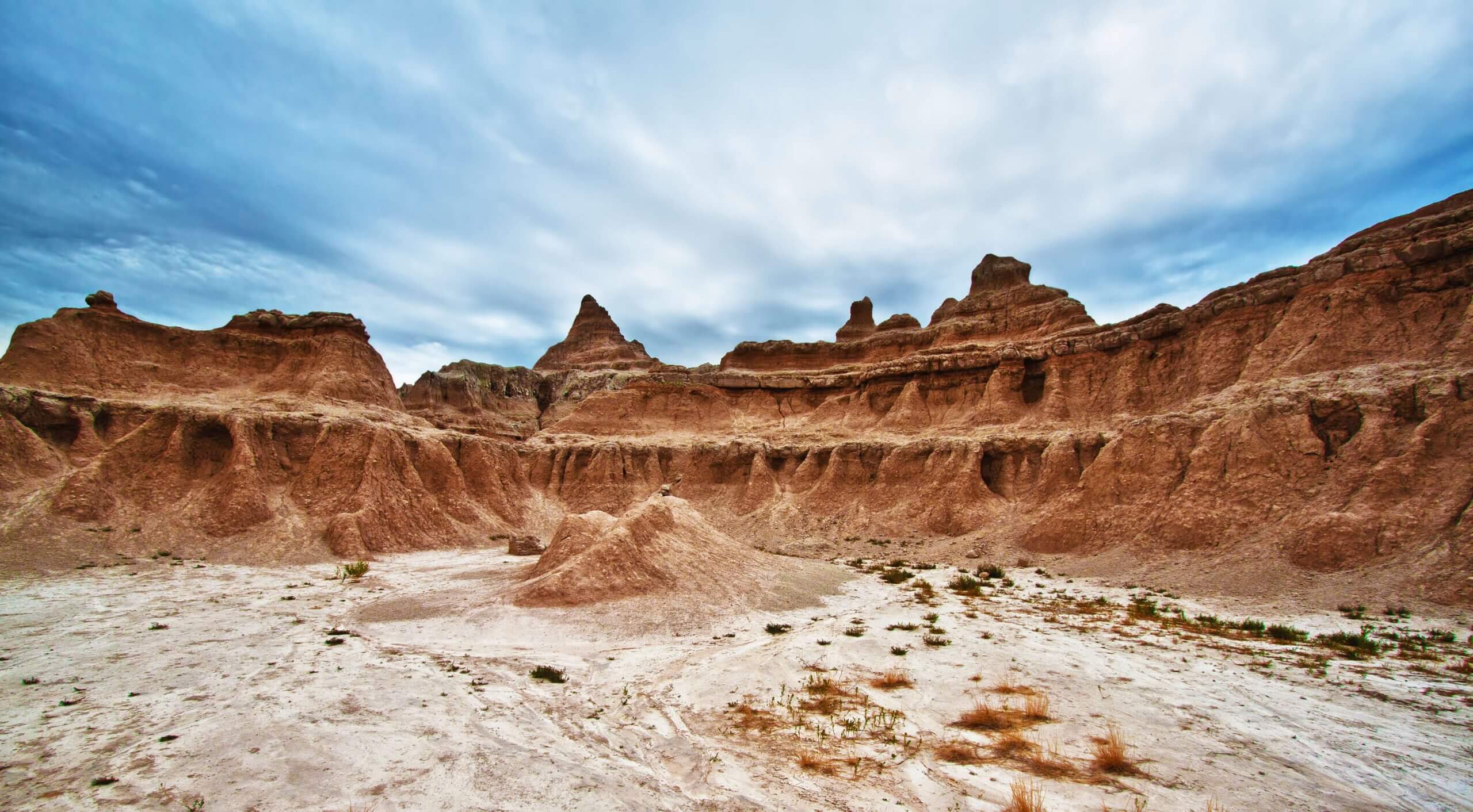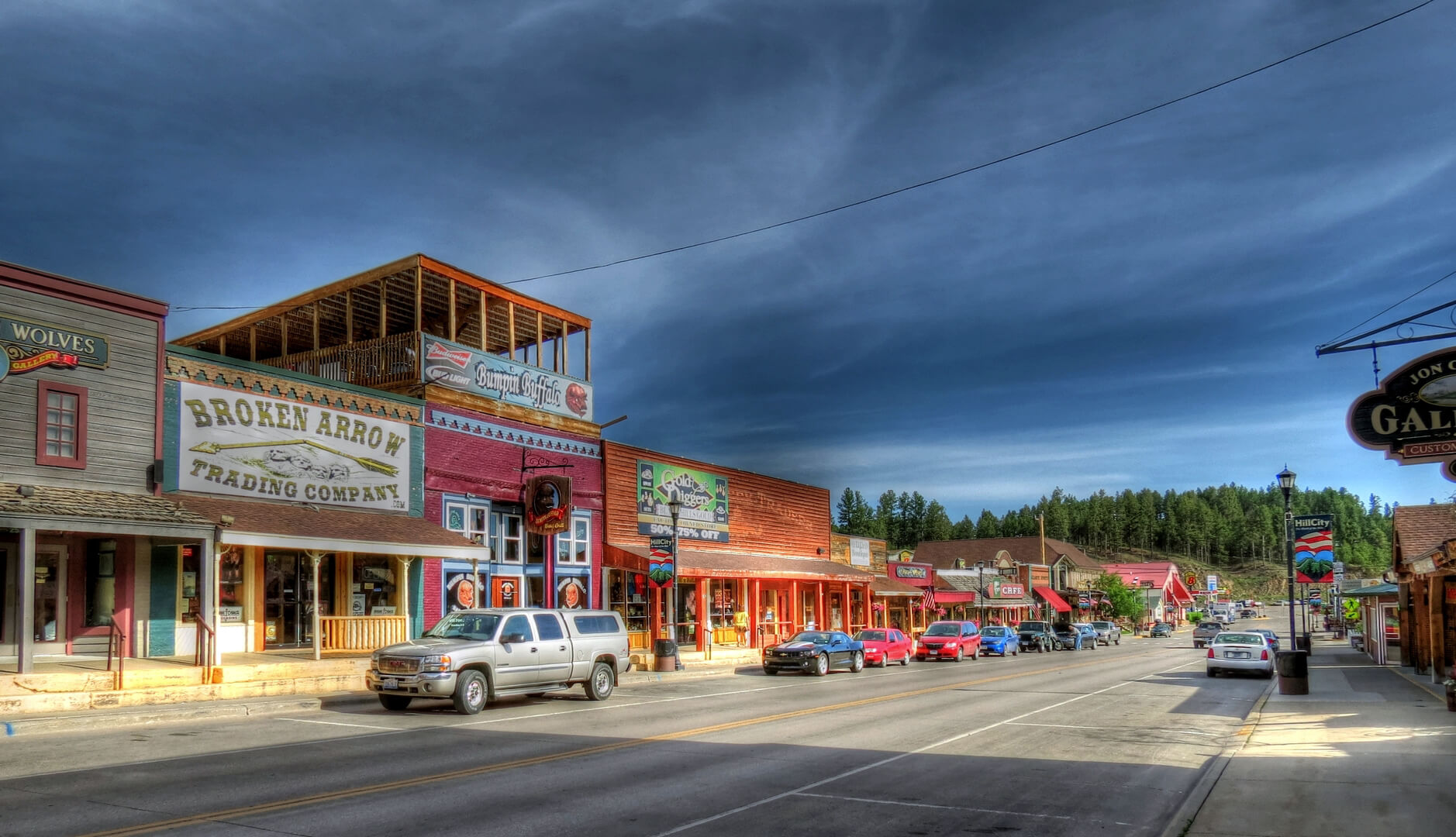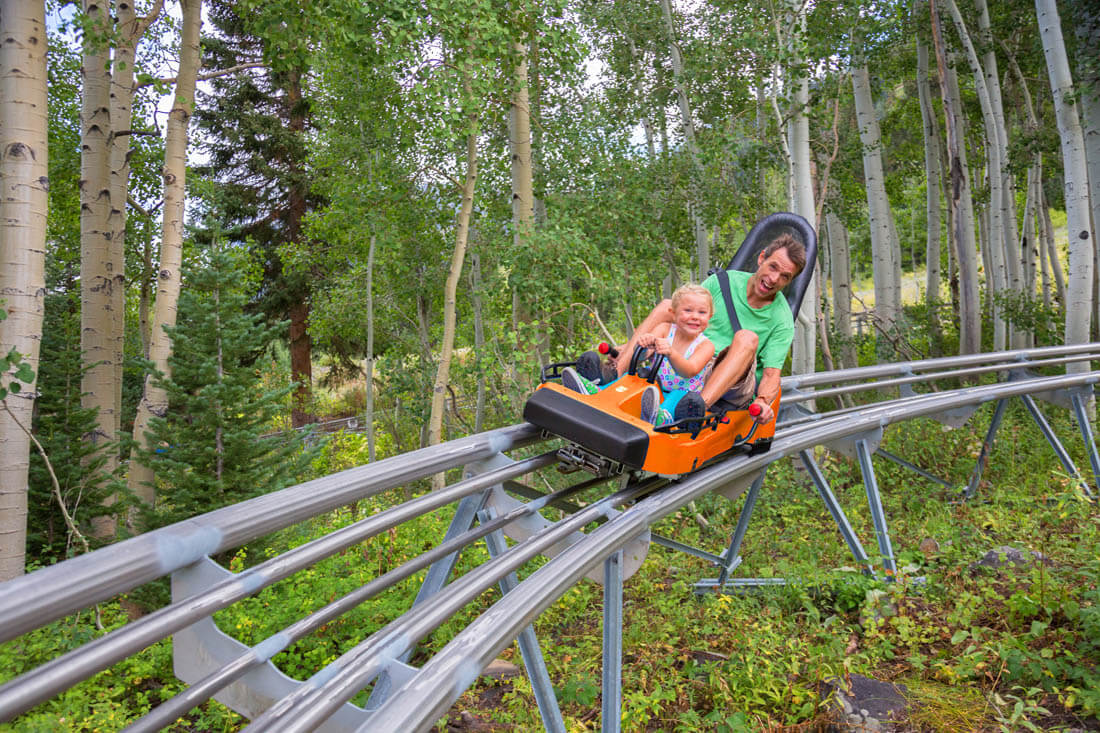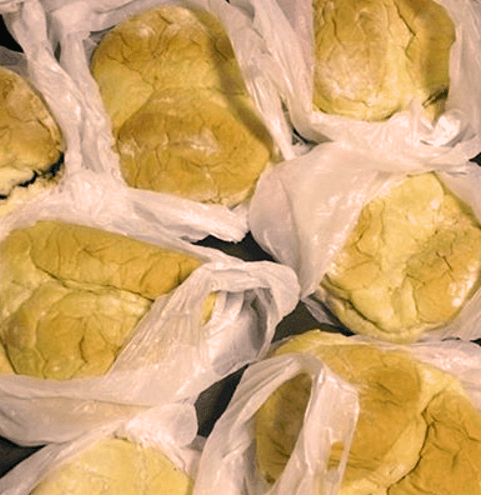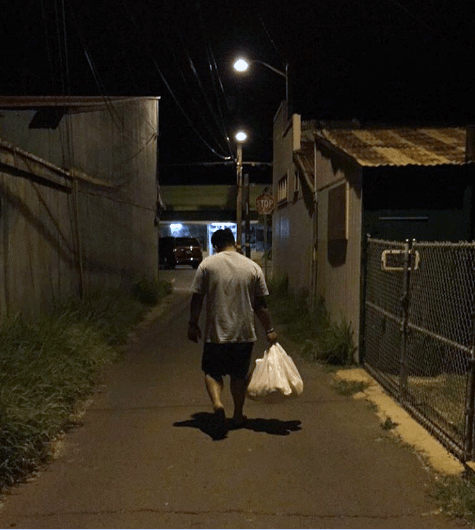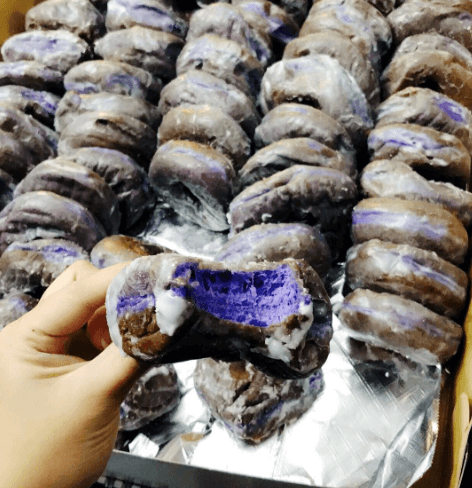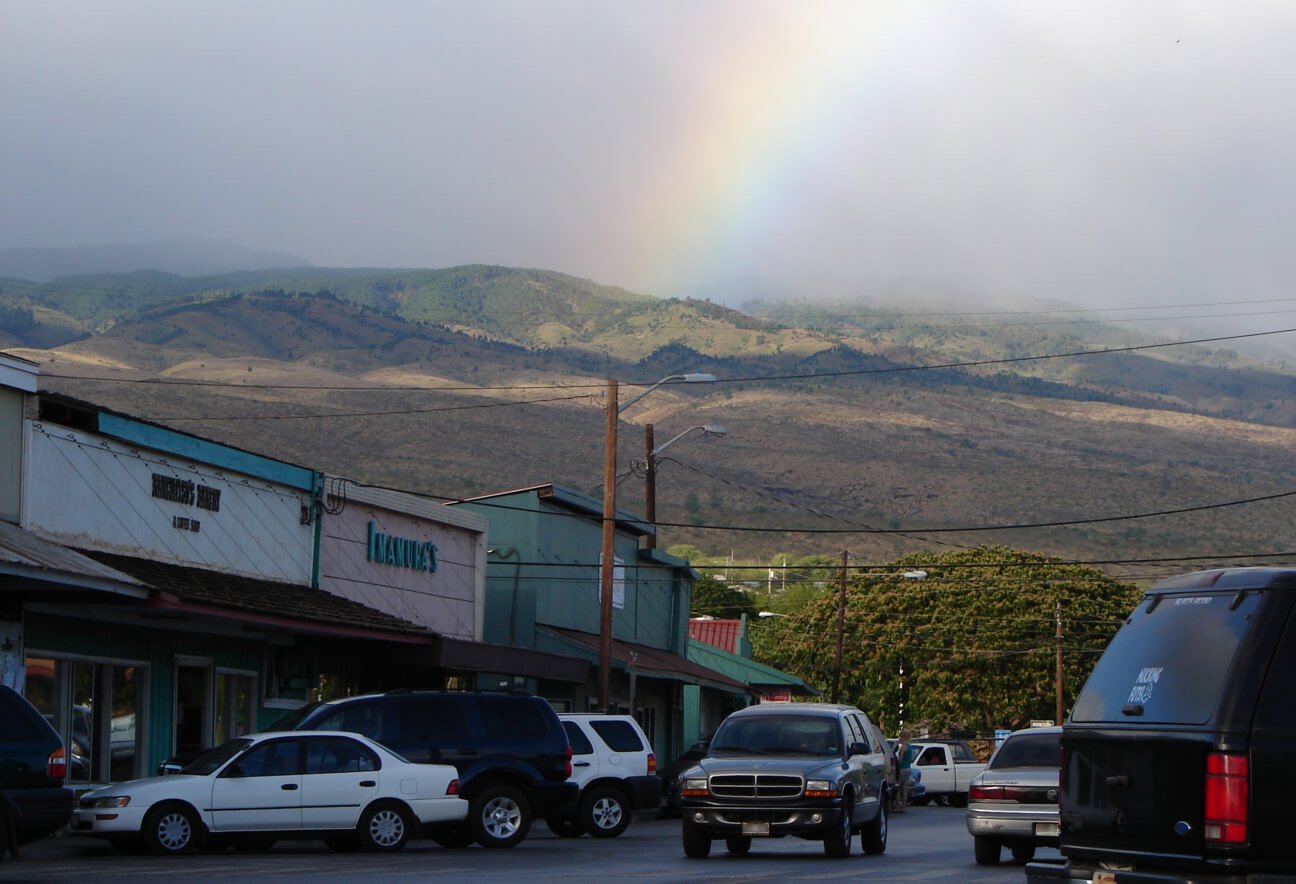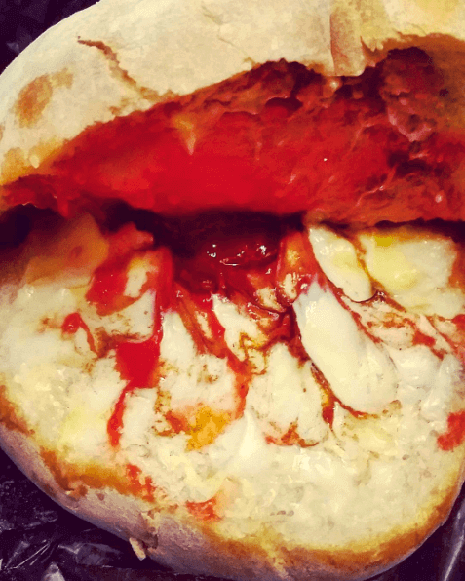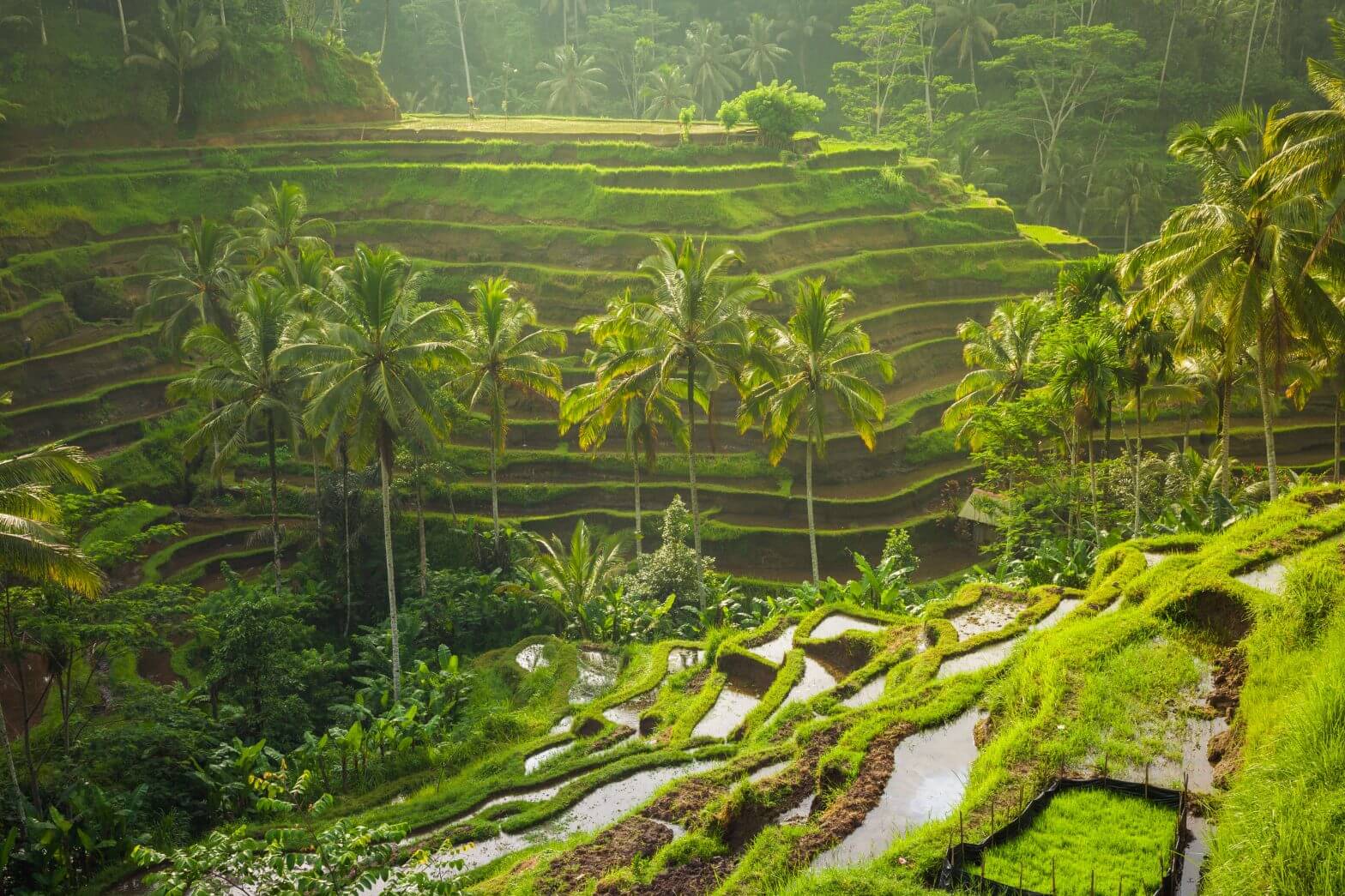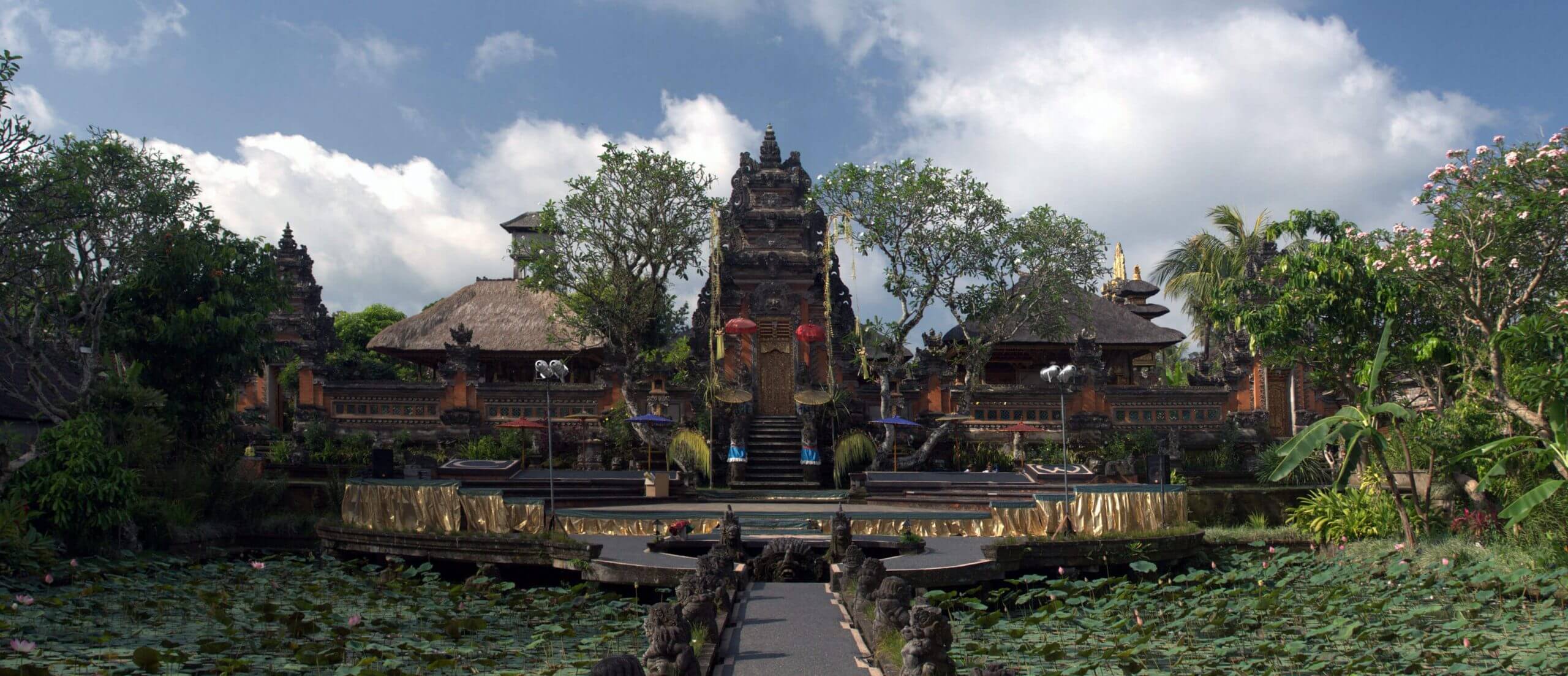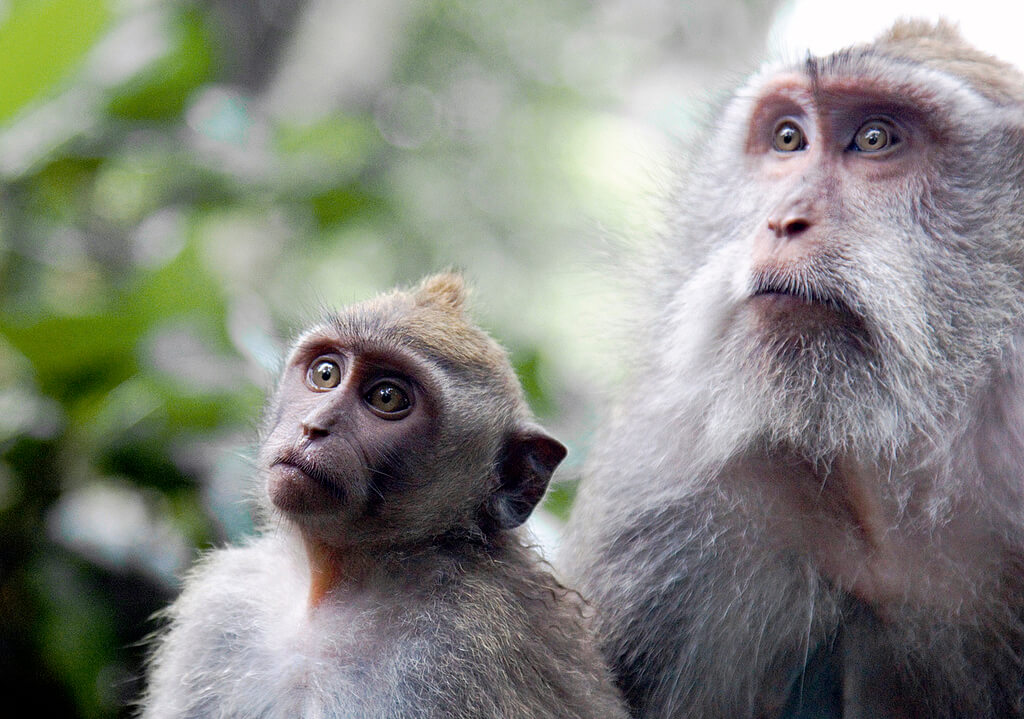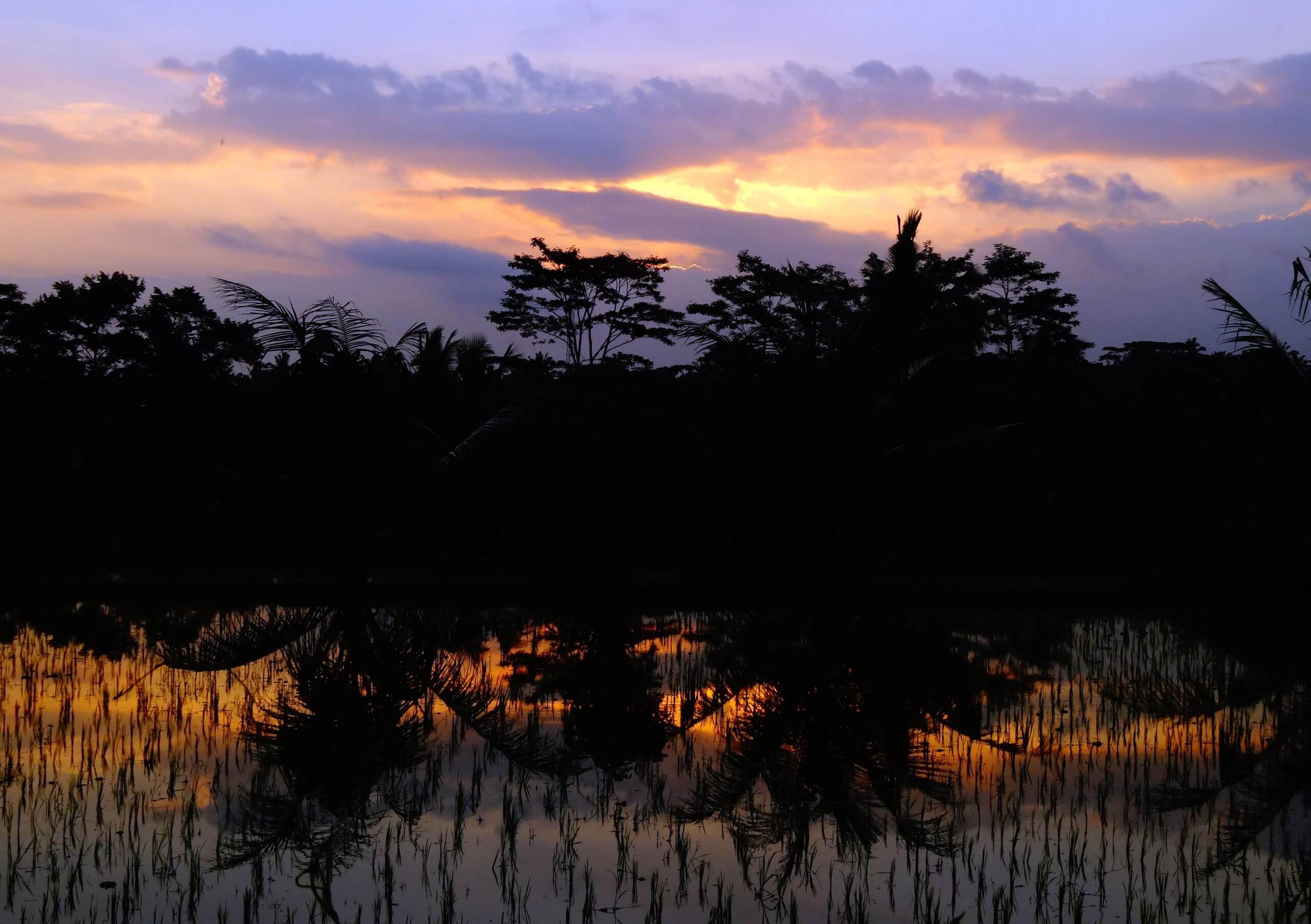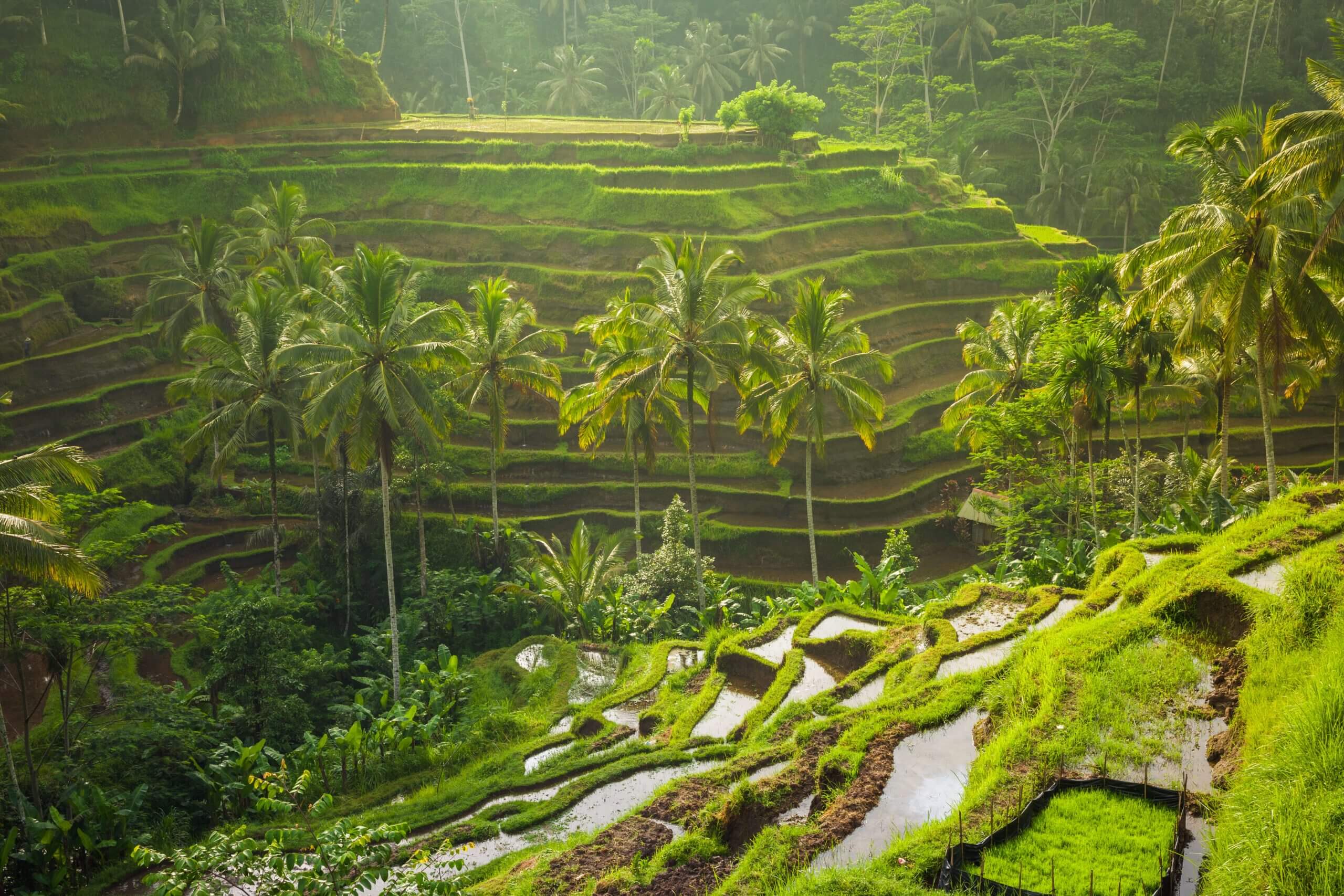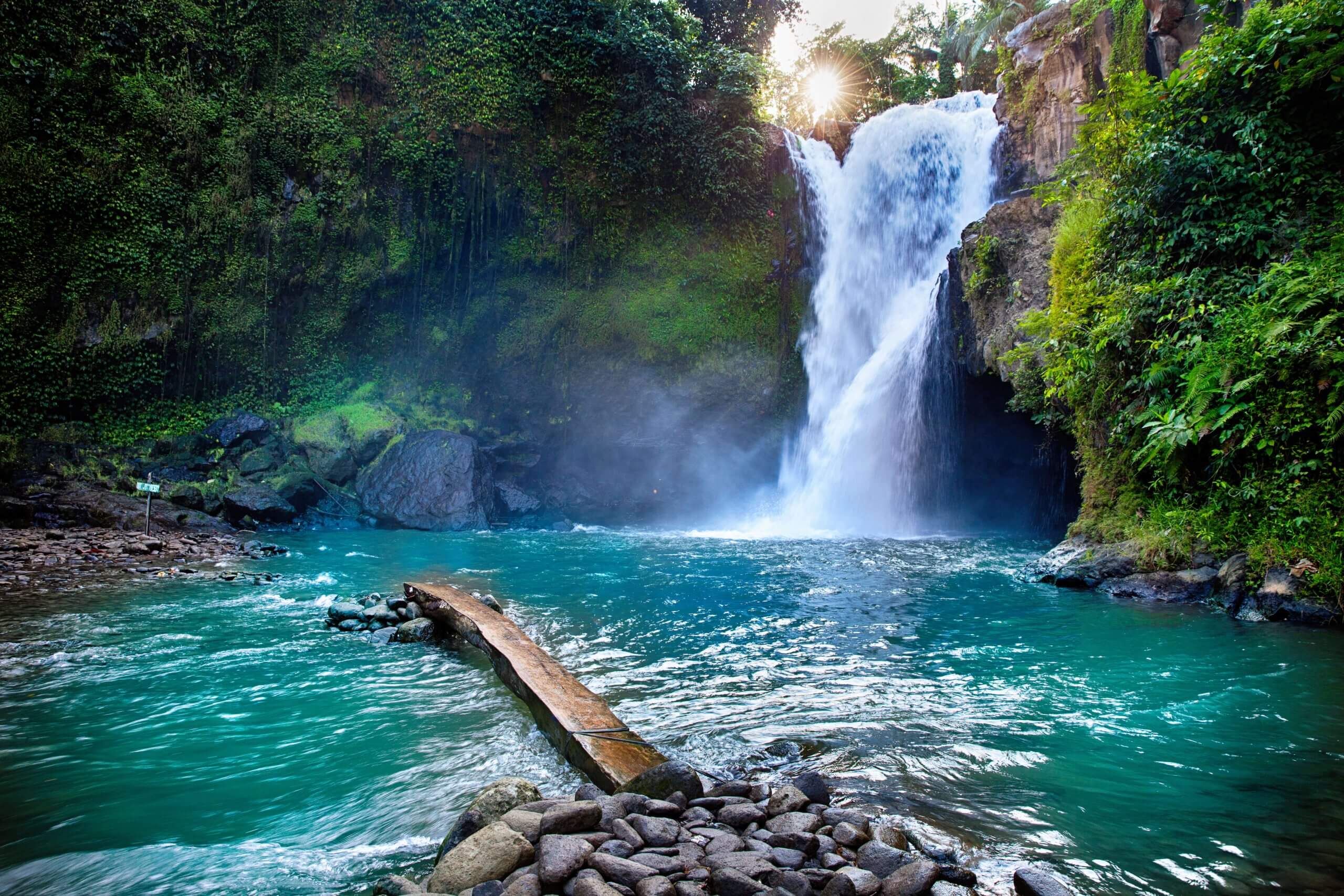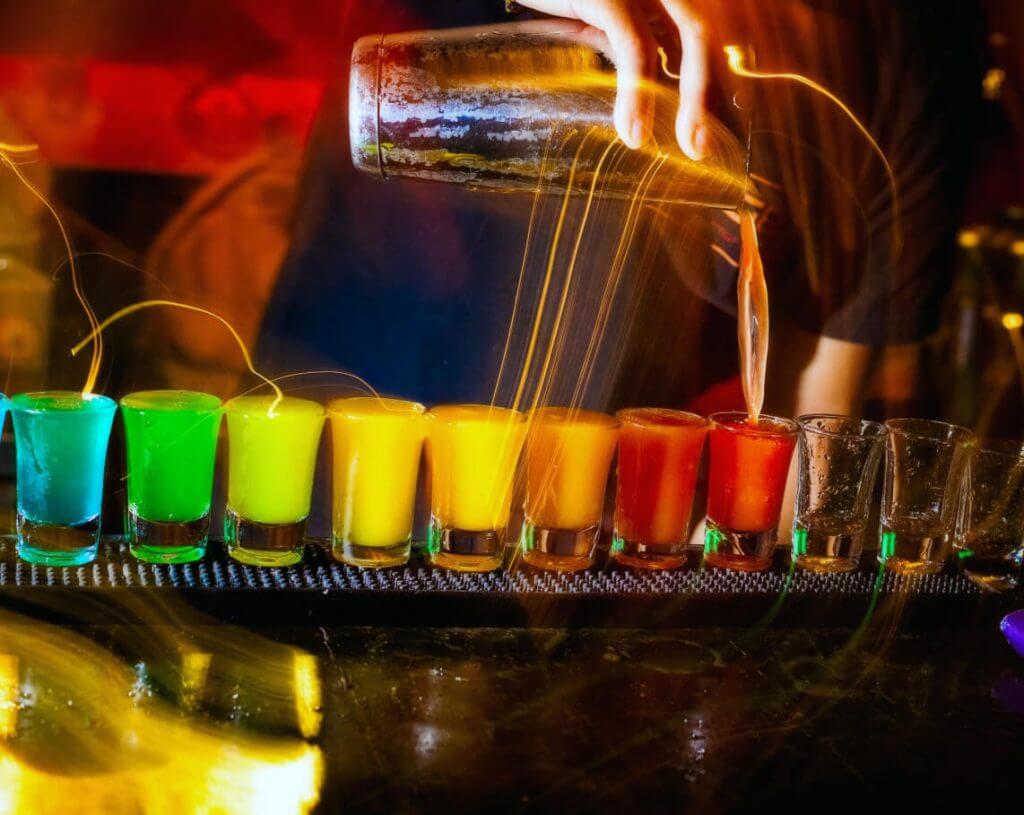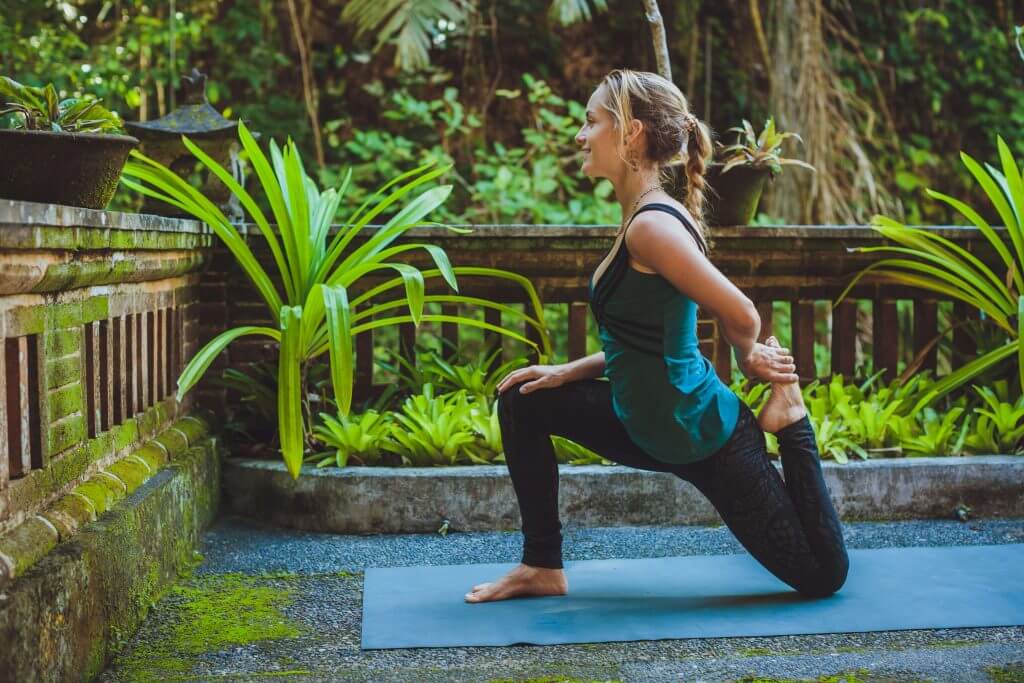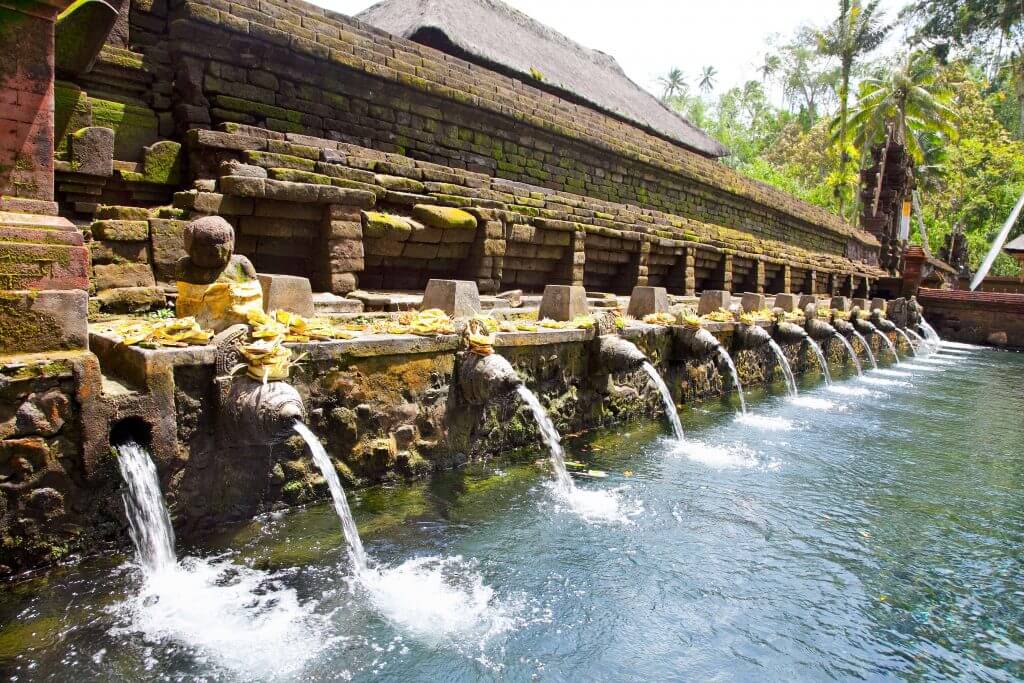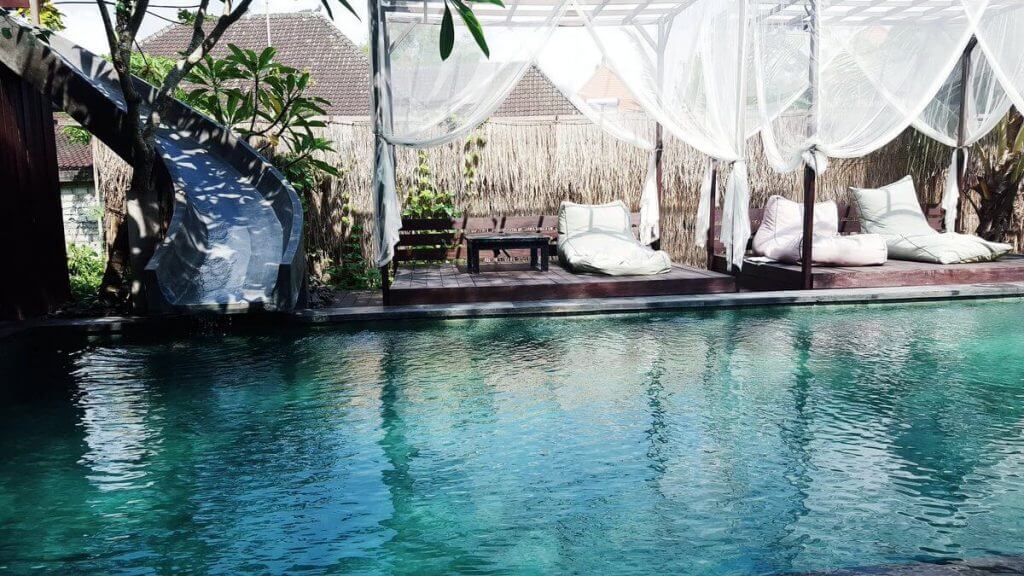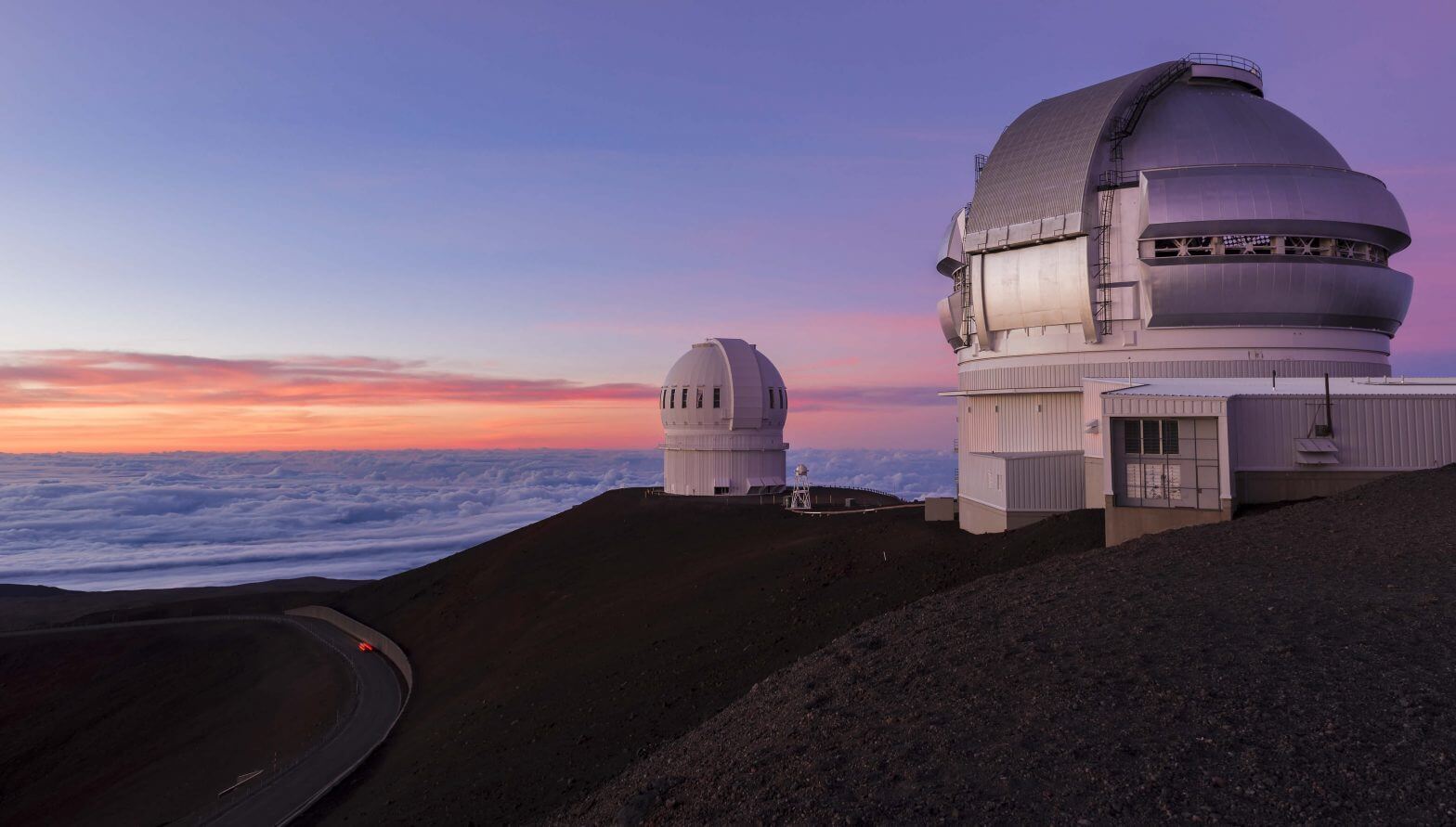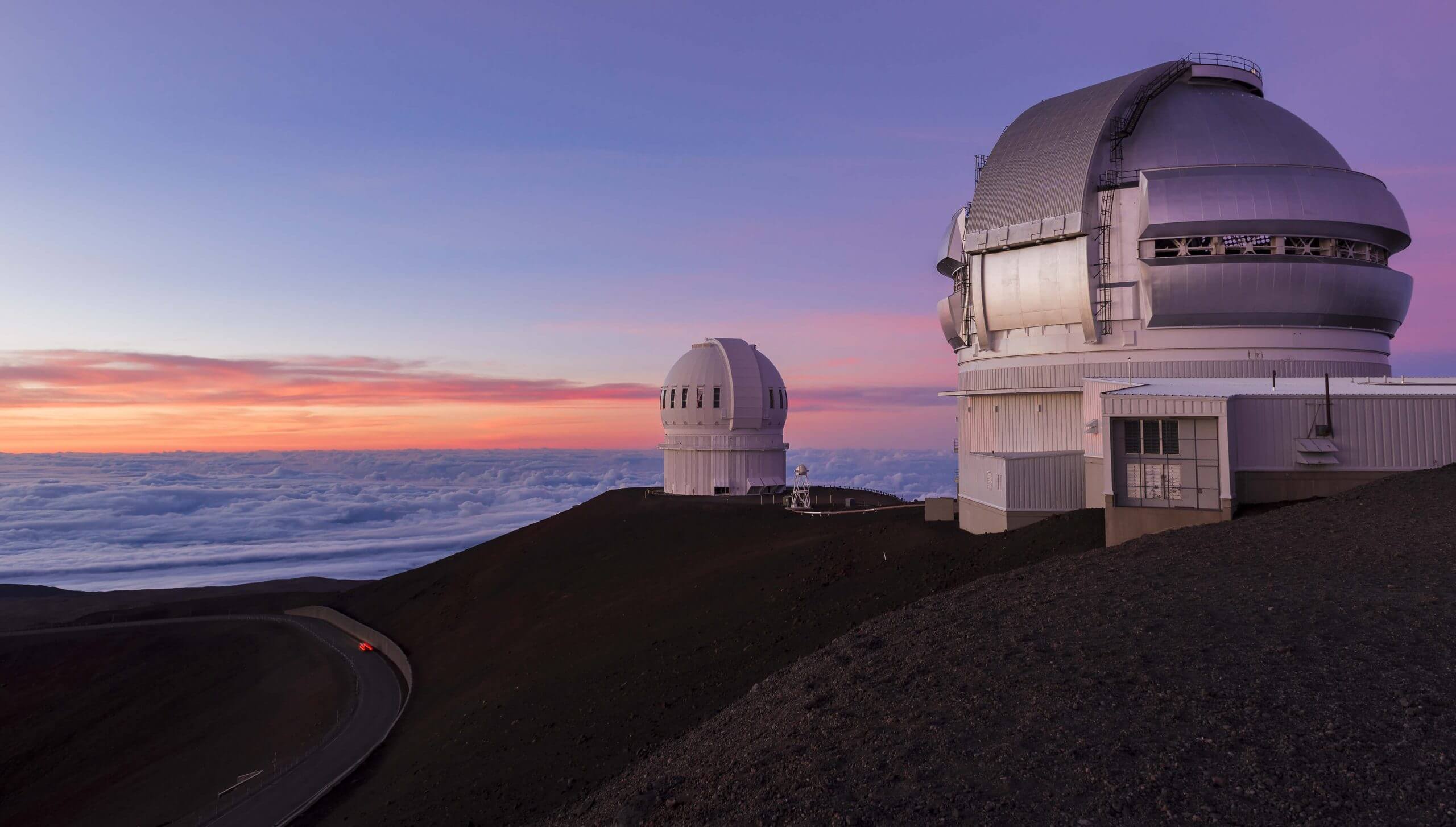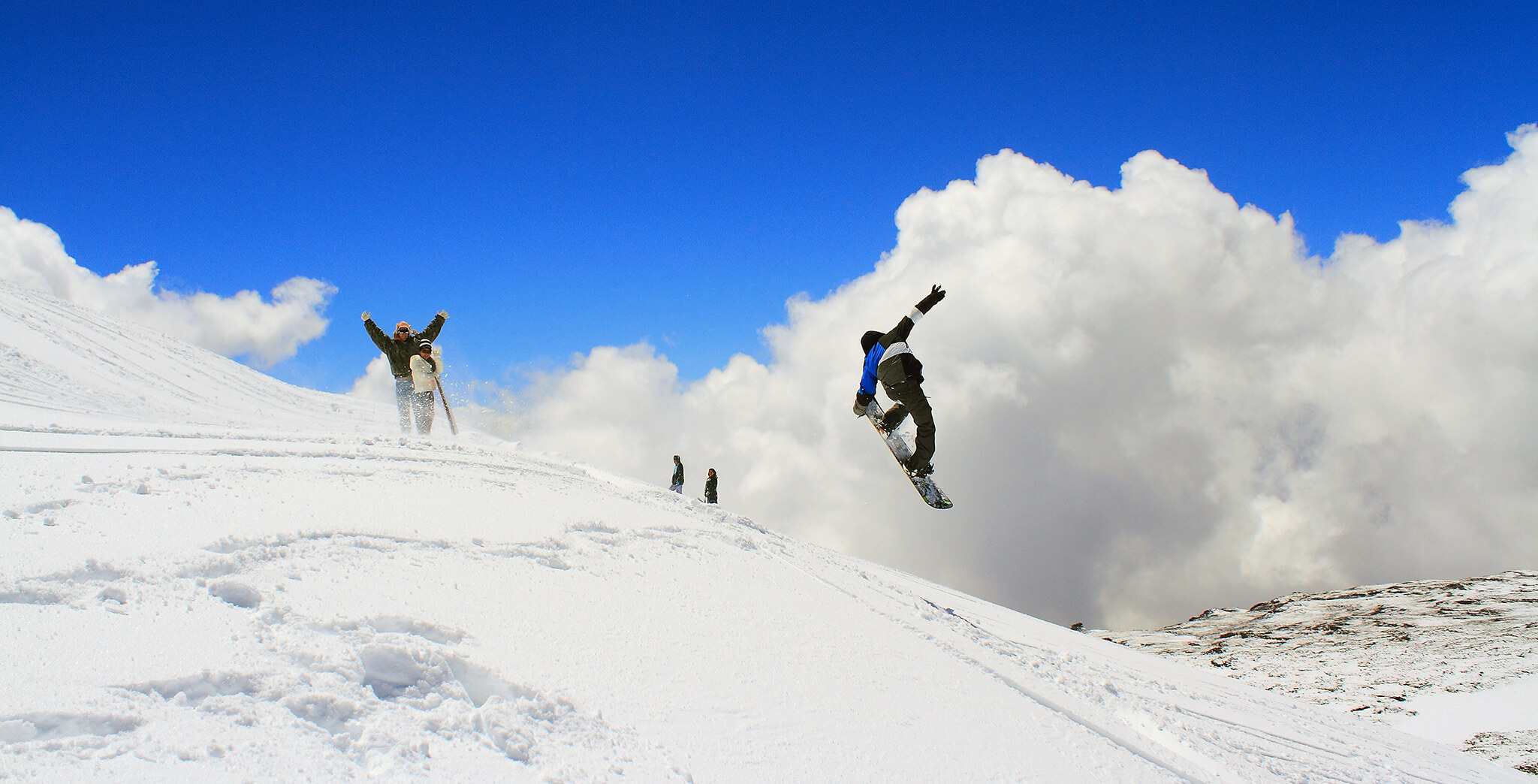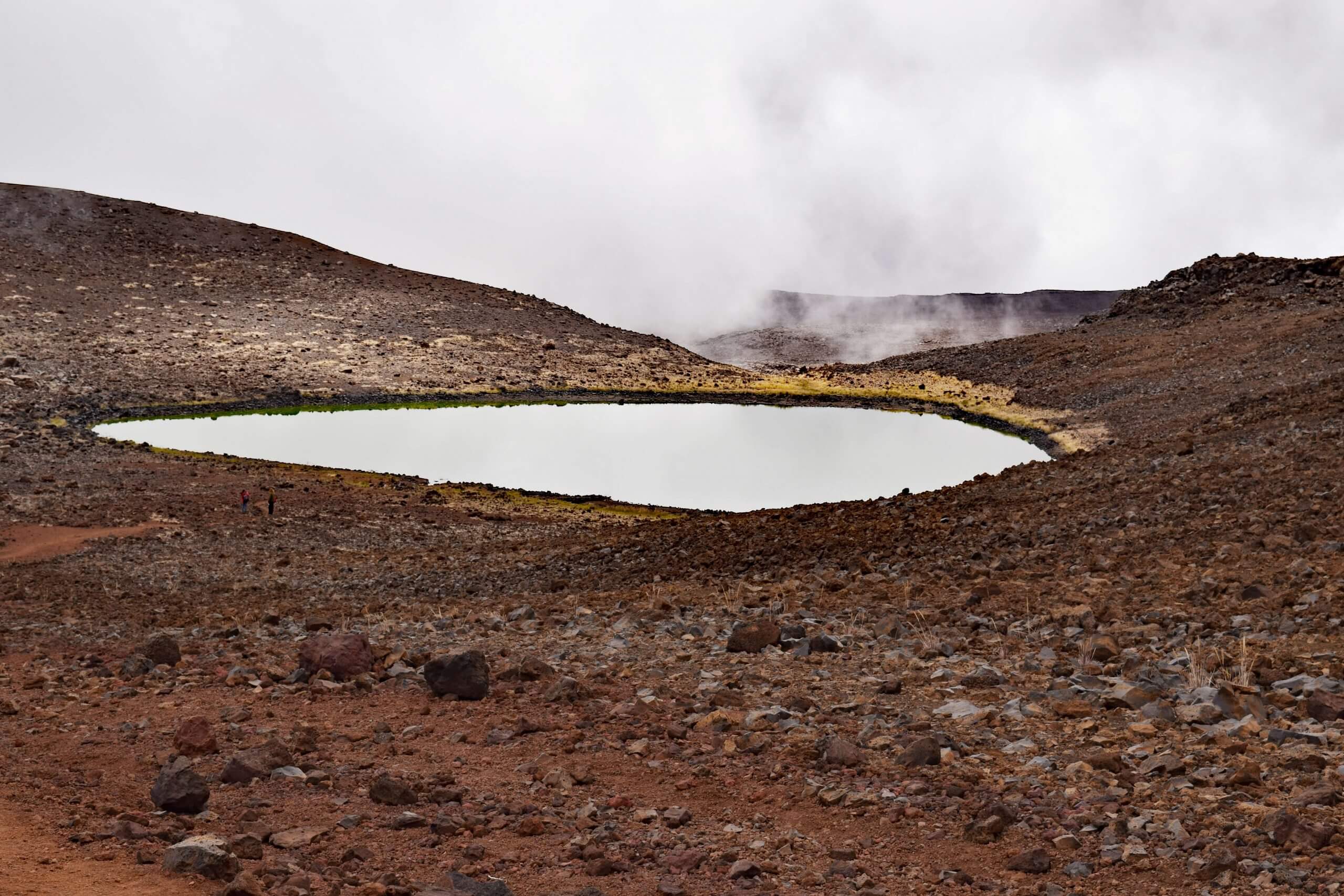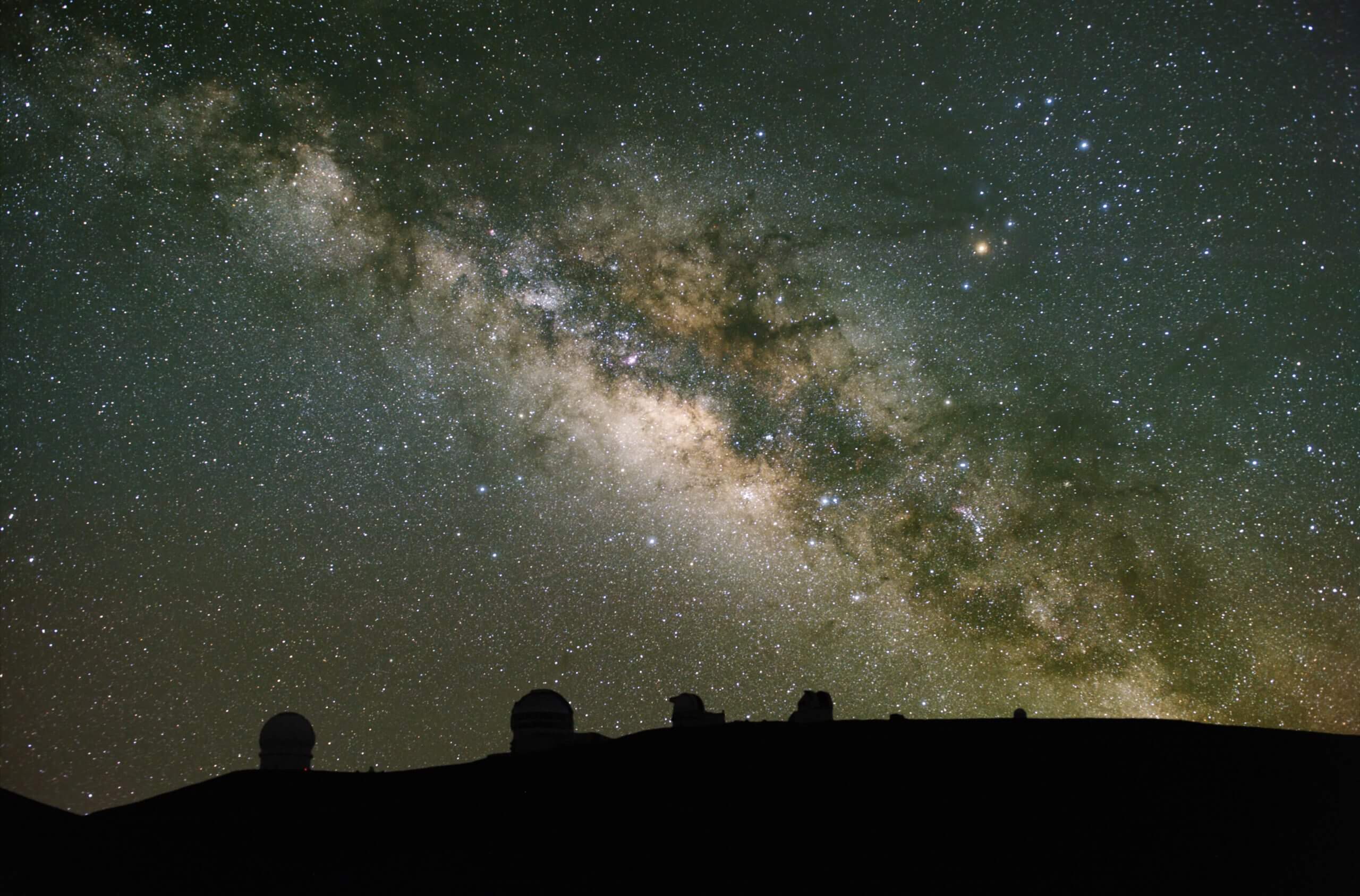Before I first arrived in Cambridge, I had visions of Hogwarts-like grandeur, medieval pubs, secret gardens and endless tea and Pimm’s by the river. And that’s exactly what I found. Just 45 minutes from London by train, this charming, ancient university town is the perfect weekend getaway or easy day-trip. While the area was settled in antiquity, the Cambridge you’ll see today has its roots as a university town, which grew up around Cambridge University, founded in 1209. Notable alums include Charles Darwin, Stephen Hawking and Ian McKellen alongside a staggering 96 Nobel laureates. It’s impossible not to be impressed by the history of the place, and you’ll find the city charming in every season.
So, what to do with a weekend in Cambridge?
Saturday
Start your visit right with a quick breakfast sandwich or homemade pastry and mug of fresh coffee at Hot Numbers on Trumpington St. – a cozy student favorite.
Head up the road and you’ll hit the cobbled King’s Parade, which winds past some of the university’s oldest and most visually striking colleges. Check out Corpus Christi on the right and then King’s, Trinity and St. John’s on the left. While the University has 31 colleges, if you only have time to visit one, better make it King’s. Founded in 1441, the campus’ dramatic Gothic architecture is definitely worth a stop (and the £9.00 admissions charge). Your ticket will include entrance to King’s College Chapel, a truly stunning building that took over a century to complete and features the largest fan vault ceiling in the world.
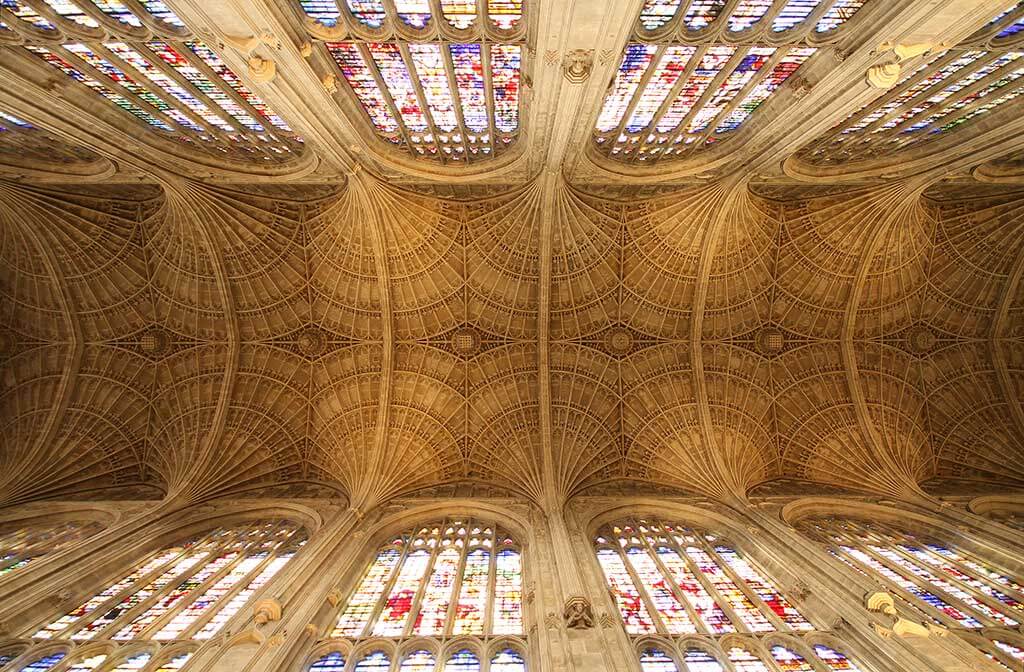
The fan vault ceiling of King’s College Chapel
On your way out, head left down King’s Parade and through St. Mary’s Passage to the Market Square, where you’ll find a food, goods and crafts market in operation in that very spot since medieval times. There’re lots of independent galleries and boutiques in the cobbled streets around the market, so I’d recommend exploring the area.
Grab some lighter fare in the market itself (there’re usually stands serving up falafel, paella, dumplings and Thai noodles), or stop for a sit-down lunch at one of the nearby restaurants. SmokeWorks serves up delicious barbeque, even by American standards. Indigo Coffee House is a hidden gem tucked away in St. Edward’s Passage, with great sandwiches, cakes and coffee.
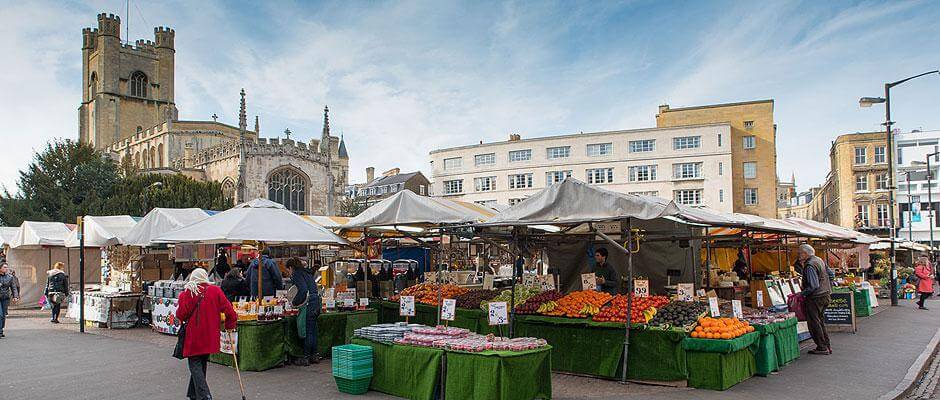
Market Square
Punting along the River Cam is a charming Cambridge tradition and a great way to see some of the city’s highlights like the picturesque Bridge of Sighs and unique Mathematical Bridge. Companies like Cambridge Chauffeur Punts and Scudamore’s offer punt tours or, if you’ve got the urge for independence (and some traction on your shoes!), self-hire. Feel free to grab snacks and a drink – maybe even a cheeky pitcher of Pimm’s from a riverside pub – for the ride. If you’d rather walk along the banks instead, follow signs to the Backs, a path that winds along the river and takes you past lovely views (and the occasional herd of cows). Not punting or strolling weather? Head to The Mill pub and play games by the fire.
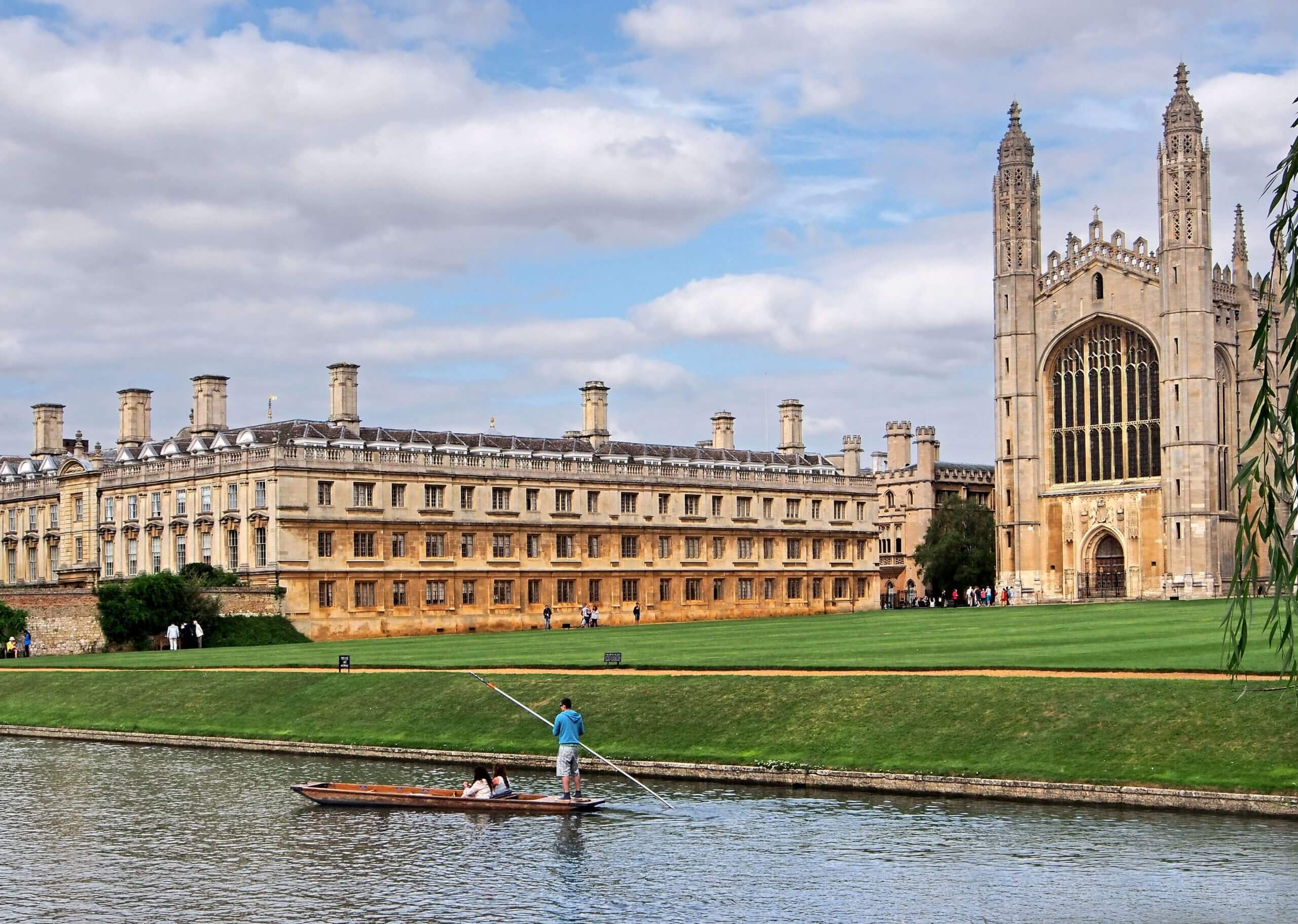
Punting on the Cam
Cambridge Brew House is a great option for dinner, especially for anyone looking to test out the local beer scene. Try home-brewed beers and interesting takes on English classics, including their range of “British tapas.” If you’re feeling a little “pubbed out,” head to Thai Khun instead, a go-to for tasty Thai street-food in a space reminiscent of a Bangkok street market, minus the traffic.
The Eagle Pub is a must-see, especially for history buffs, and a nice spot to cap off the night. It attracts a lot of tourists, but for good reason: opened in 1667, this cozy warren of rooms offers you the chance to sip a pint in the booth where Watson and Crick announced they had discovered the structure of DNA. Also make sure to check out the WWII-era graffiti all over the walls and ceilings of the “RAF room.”
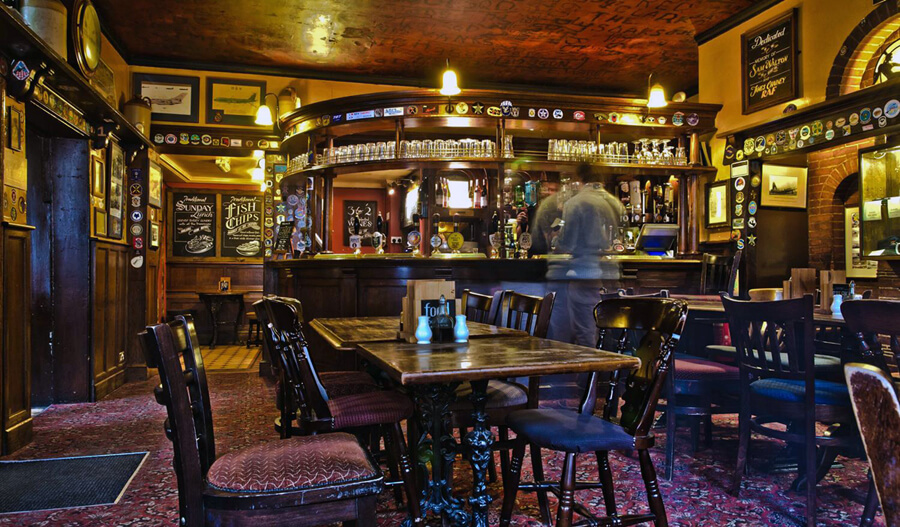
The Eagle Pub
Sunday
Make your way to Clarendon Arms, a rustic pub where on Sundays they serve up one thing and one thing only – and boy, do they do it well. Their Sunday roast – a veritable tower of meat, vegetables, Yorkshire pudding and gravy – is on my personal list of all-time favorite meals and the perfect cure if you’ve had one too many pints the previous night. A vegetarian “roast” is also available. Across Parker’s Piece (hallowed ground to any sports fan: it’s where the precursor to modern soccer/football was first played) from the center of town, the walk gives you a chance to work up the appetite you’ll need. Make sure you reserve in advance!
Head back to town and check out the Fitzwilliam Museum – an impressive collection of the university’s arts and antiquities collections. Cambridge University also has a number of small, quirky museums hidden around campus, all free to the public: my personal favorites are the Museum of Archaeology and Anthropology and the Polar Museum.
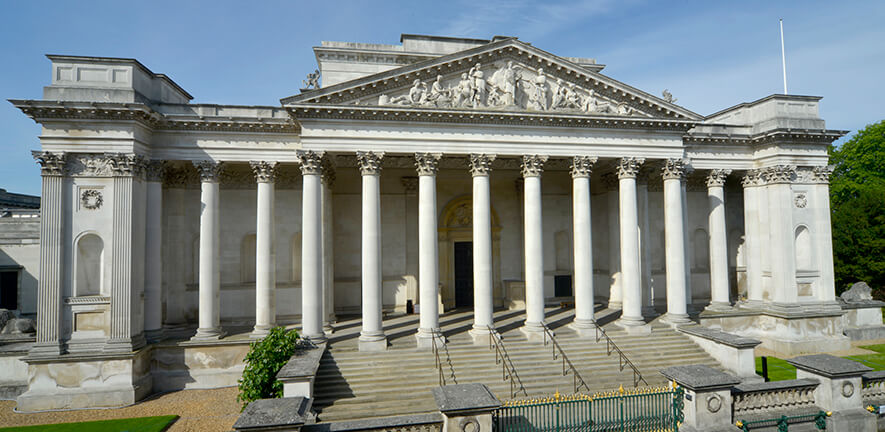
The Fitzwilliam Museum
A few blocks down Trumpington St. from the Fitzwilliam you’ll find Fitzbillies. Nip in for a cup of tea and a Chelsea bun – decadent but well worth it.
Just up the road are the Cambridge University Botanic Gardens, home to more than 8,000 species of plant. Let yourself be transported to the tropics with a stop in the Palm House.
Head to dinner at The Old Bicycle Shop on Regent St., where they serve up locally sourced fare and creative cocktails in a rustic space that can only be summed up as “cycling chic.”
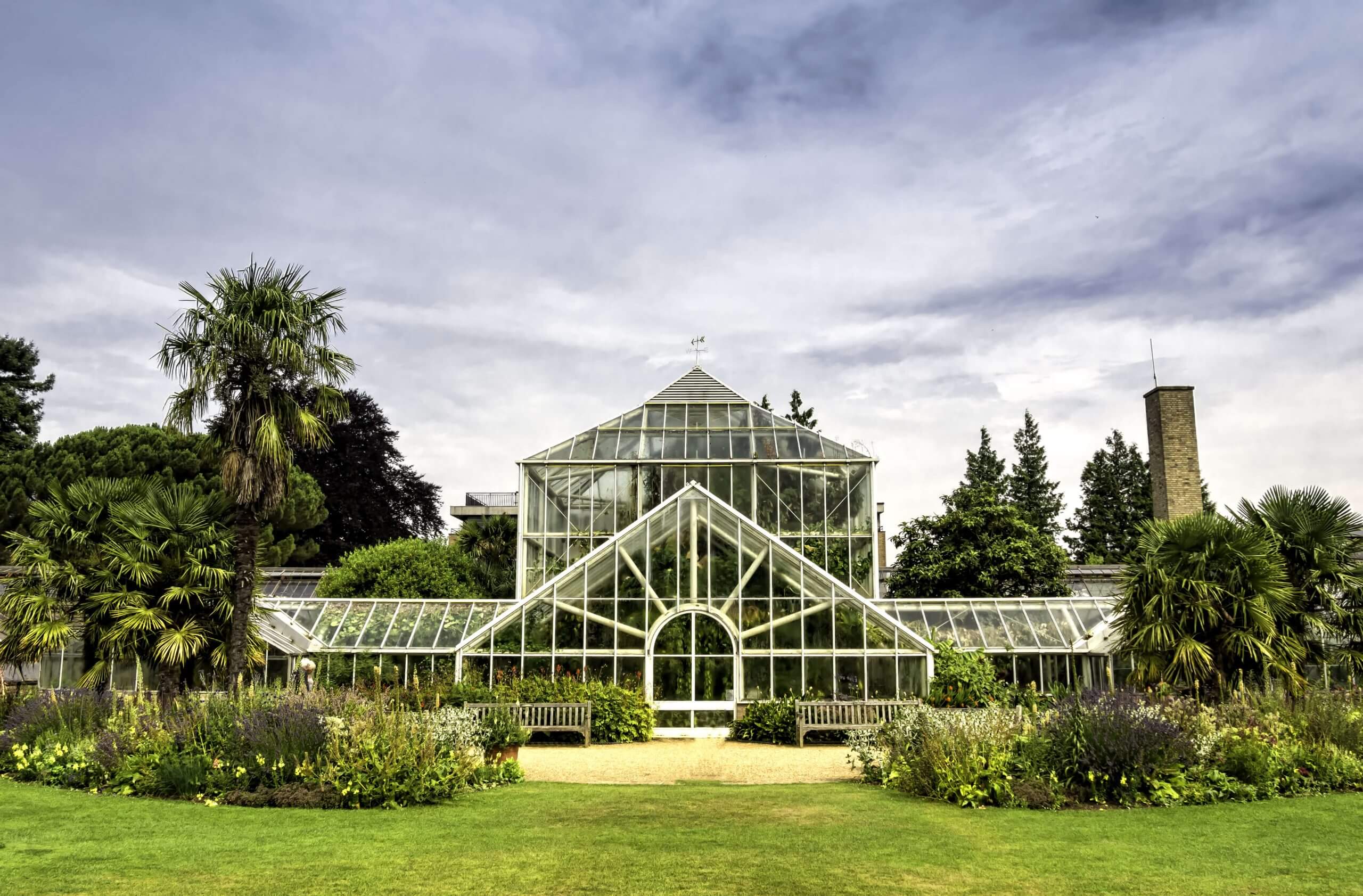
Cambridge University Botanic Gardens
Where to stay
Hotel du Vin Cambridge: Historic university buildings converted into an elegant but homey boutique hotel.
St. John’s College: Bed and breakfast accommodations in an impressive 16th century building in one of the university’s oldest colleges. Only available outside of term.
Arundel House Hotel: A tastefully converted row of Victorian houses overlooking the river Cam, just minutes from the center.
The Varsity Hotel & Spa: Centrally located, modern hotel with elements of classic Cambridge charm.
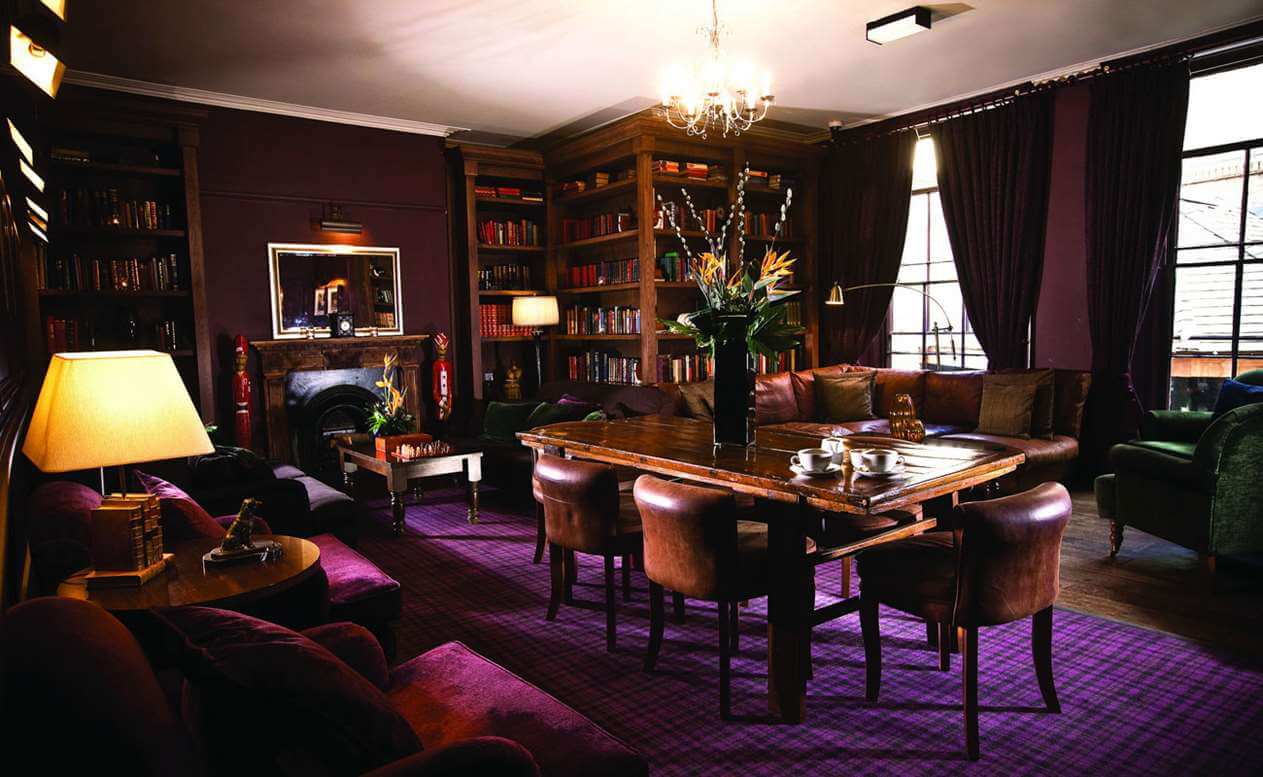
Hotel du Vin
